
Auszeit - Reise Richtung Osten
vakantio.de/auszeit-reise-richtung-osten
New country, new adventure: Osaka, Japan
Lofalitsidwa: 26.07.2019
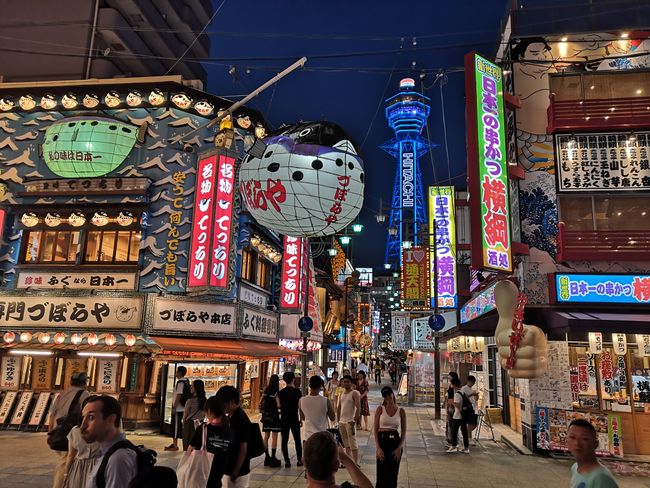
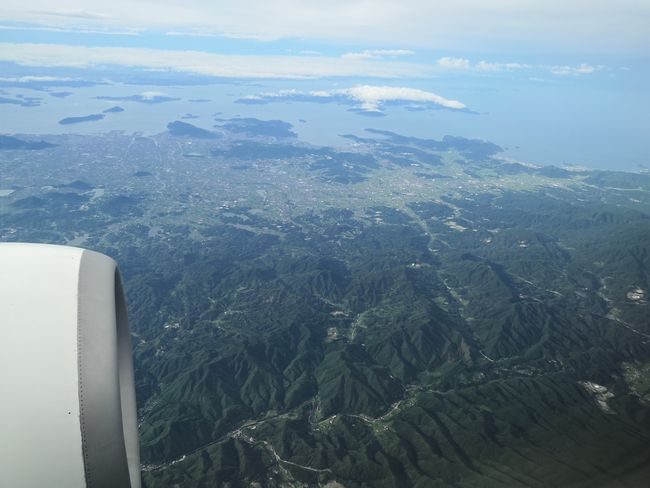
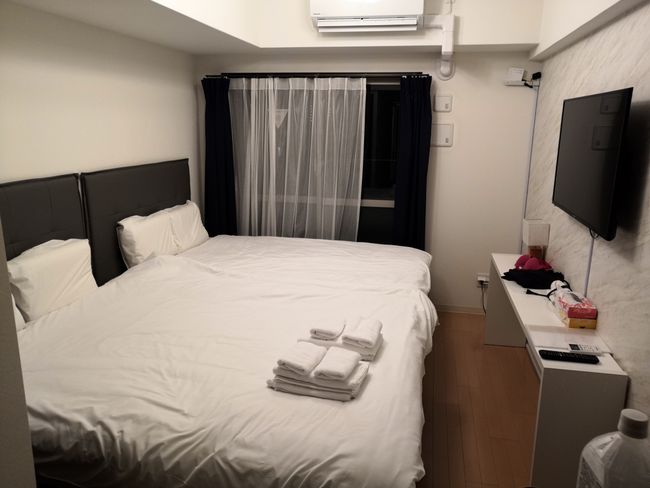
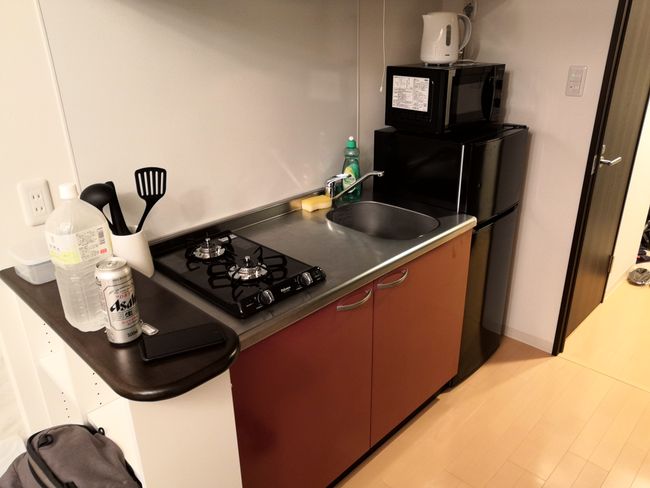
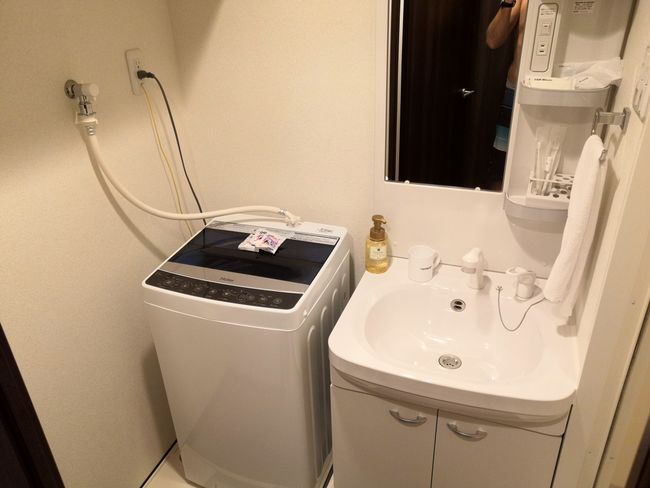
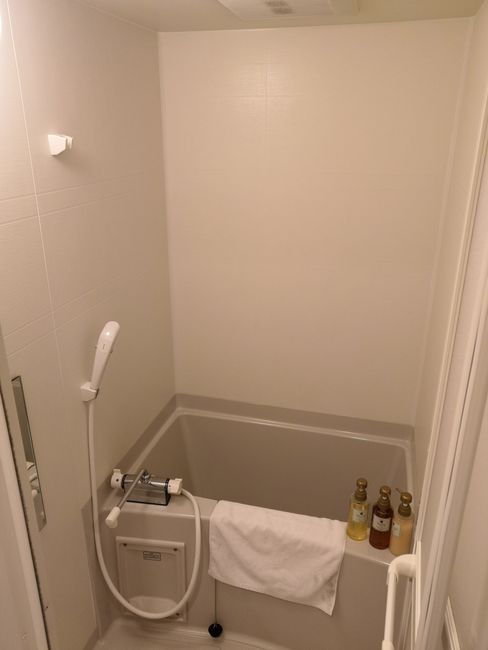
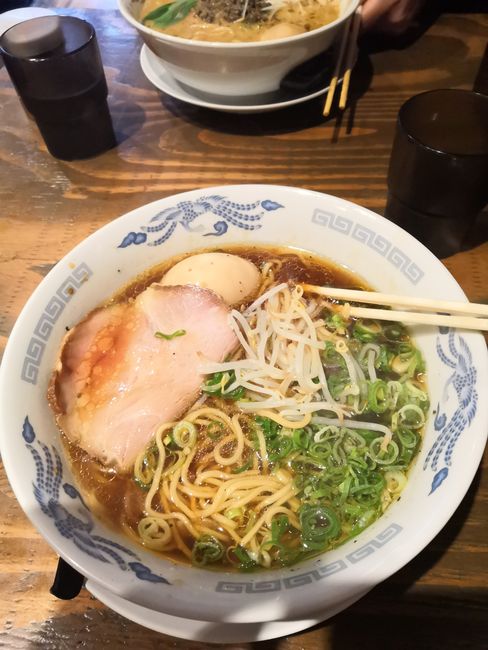
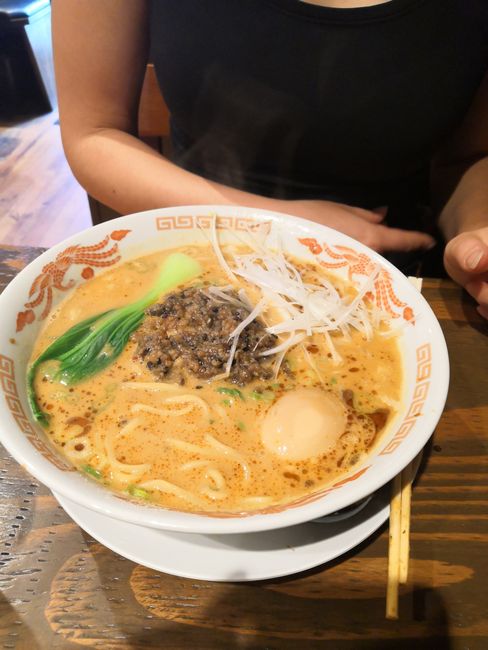
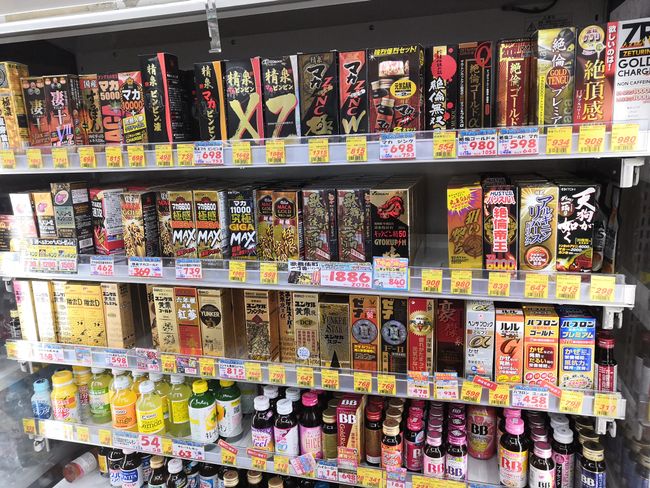
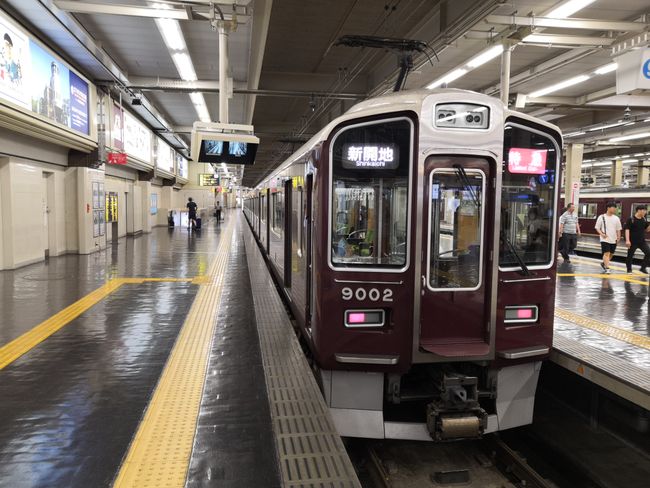
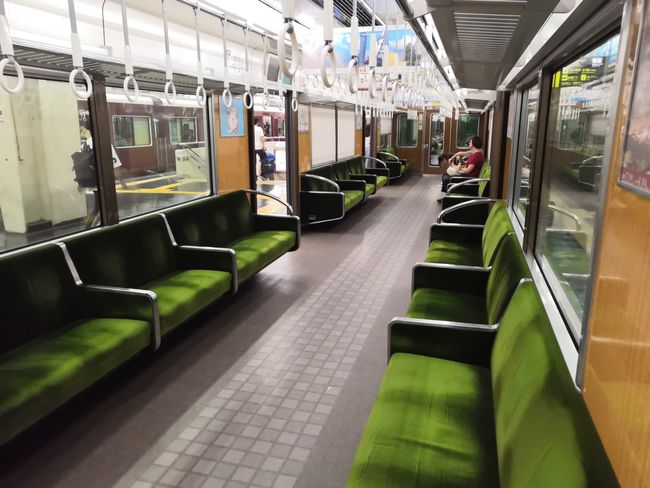
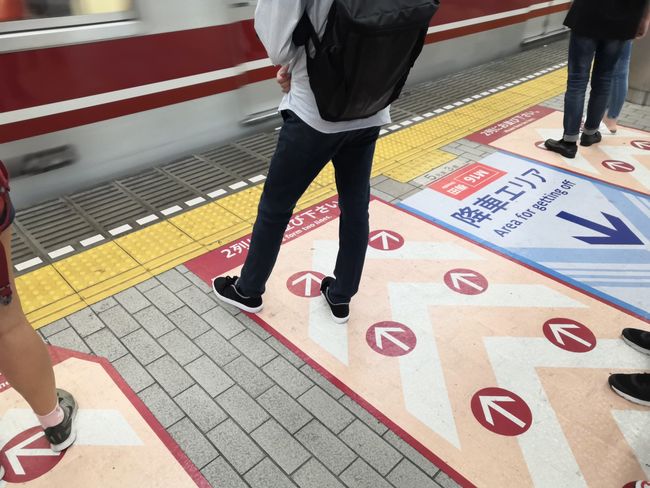
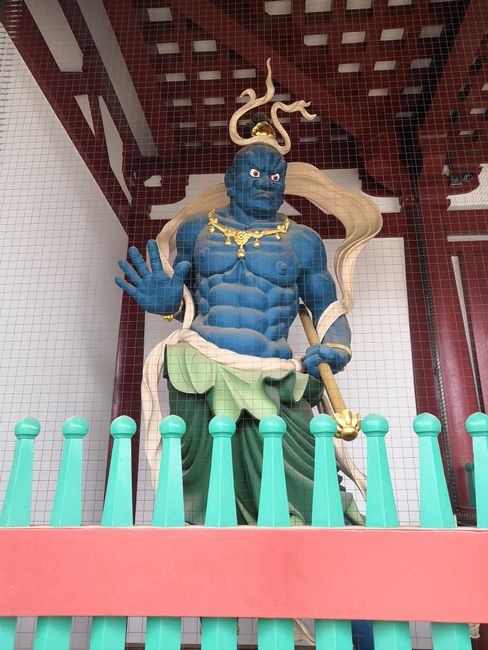
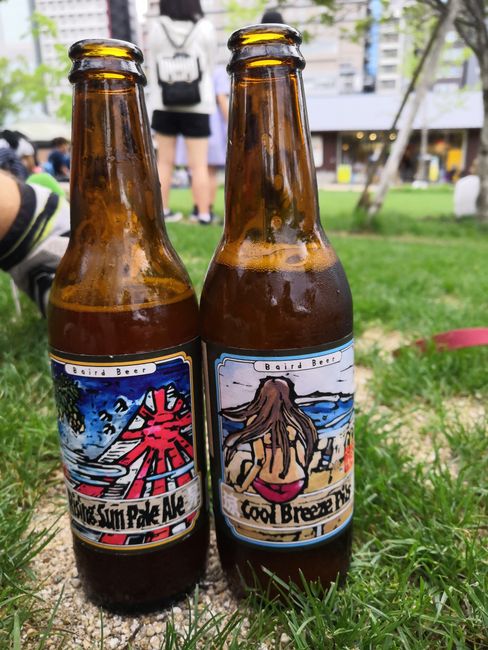
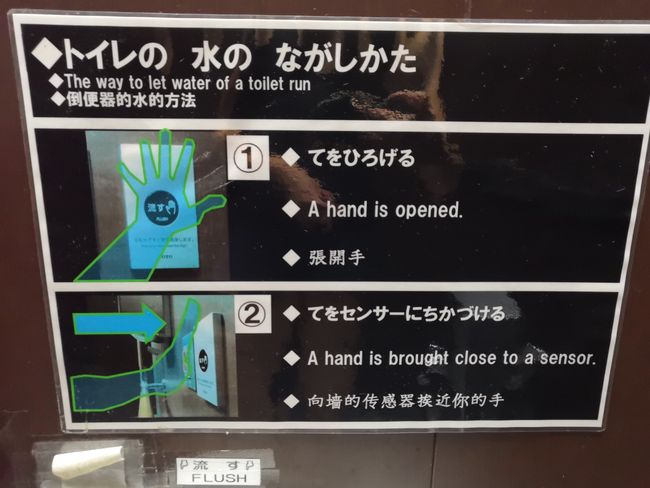
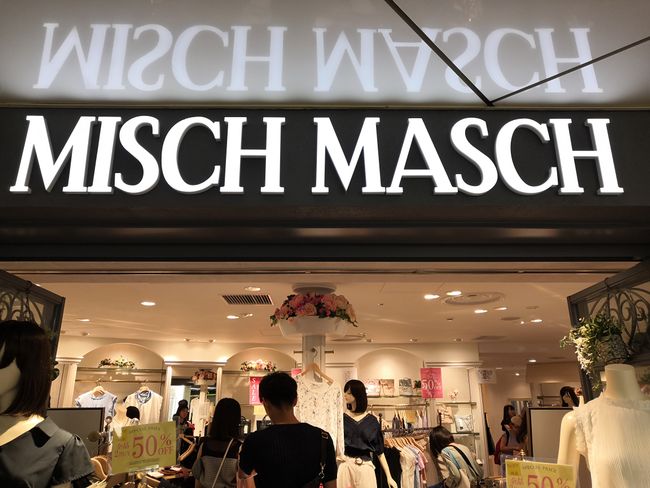
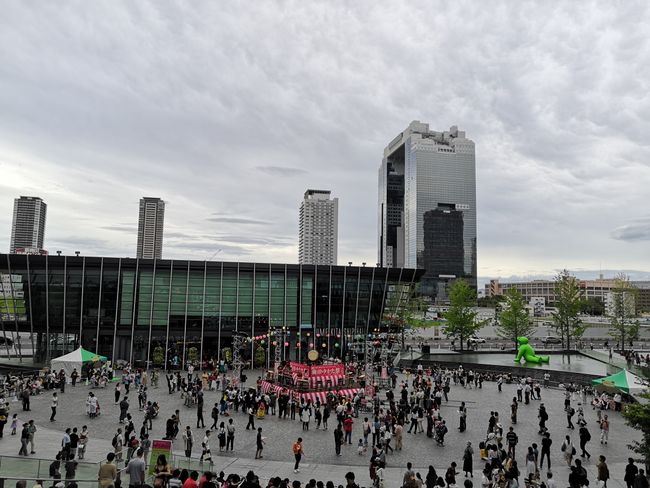
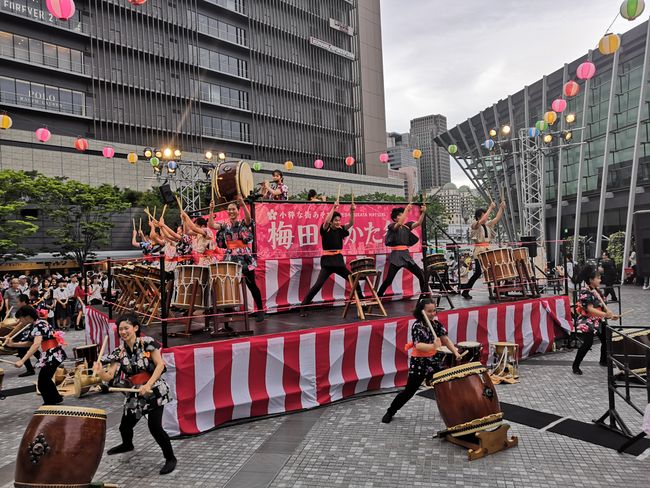
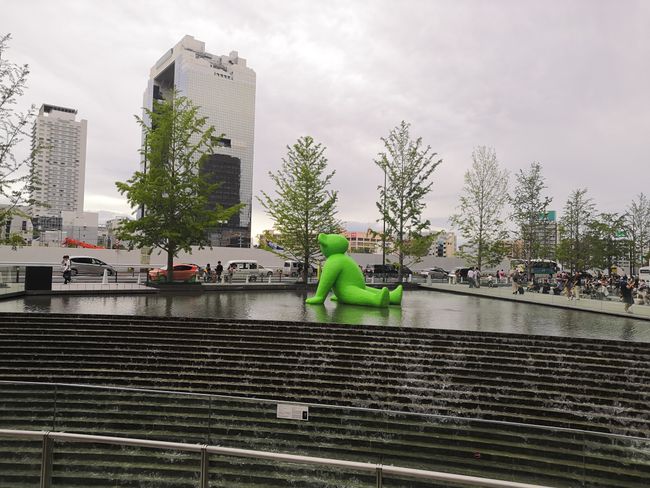
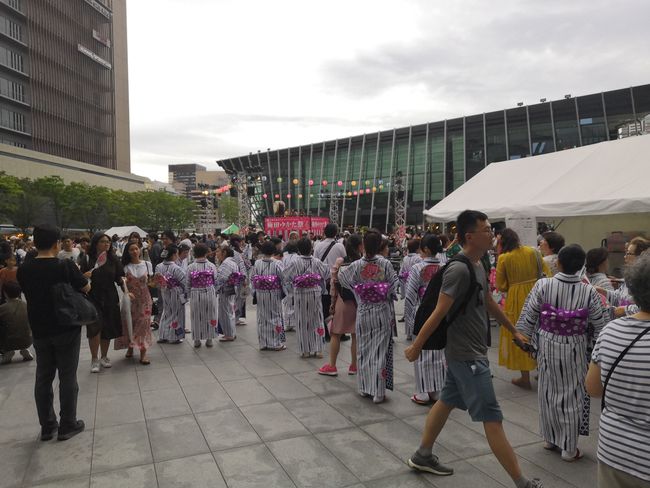
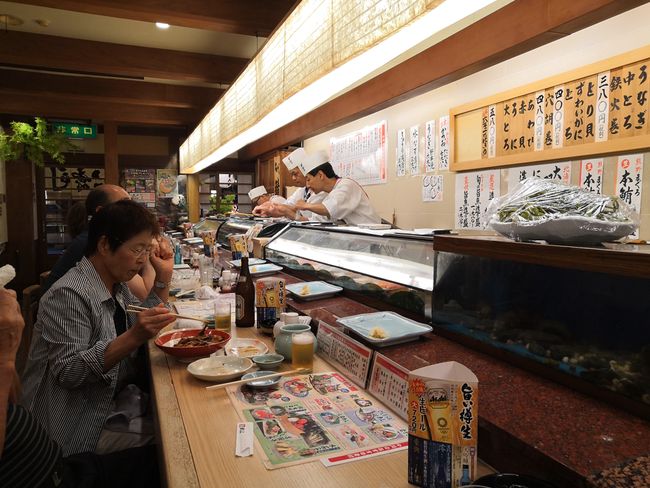
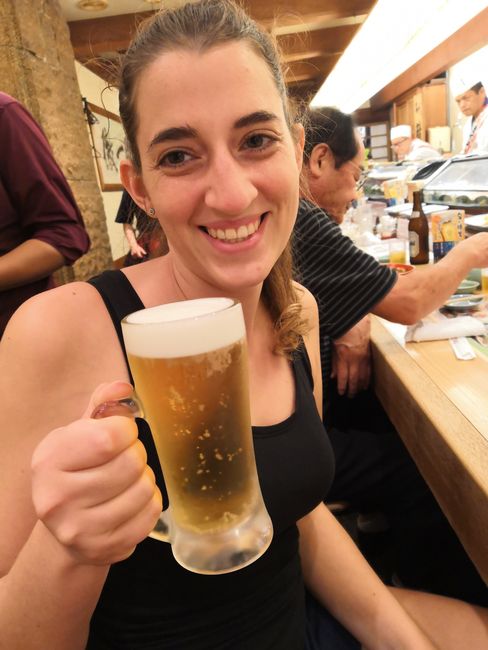
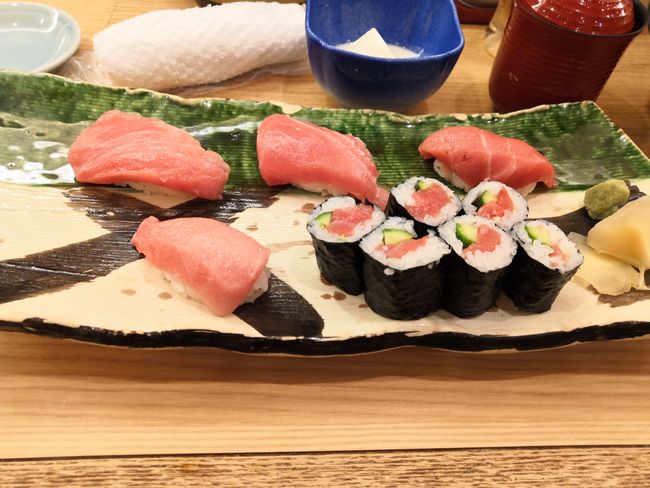
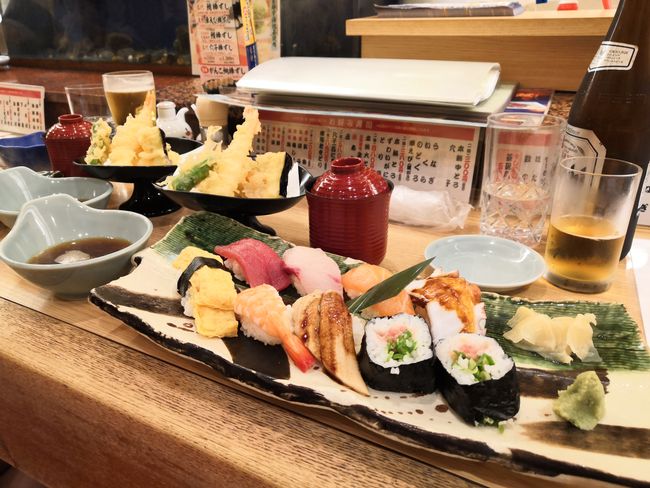
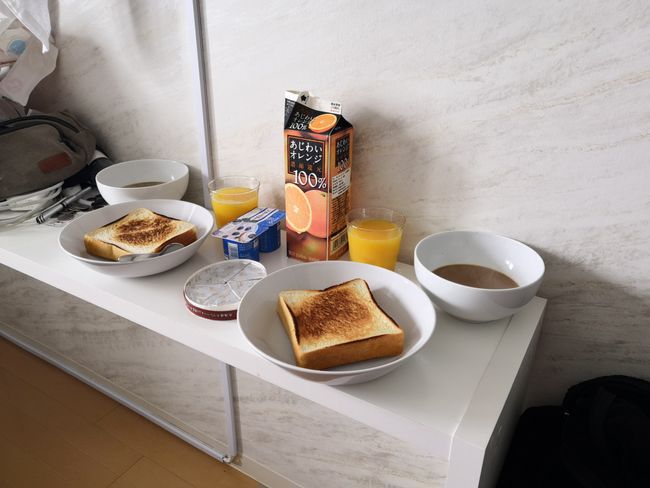
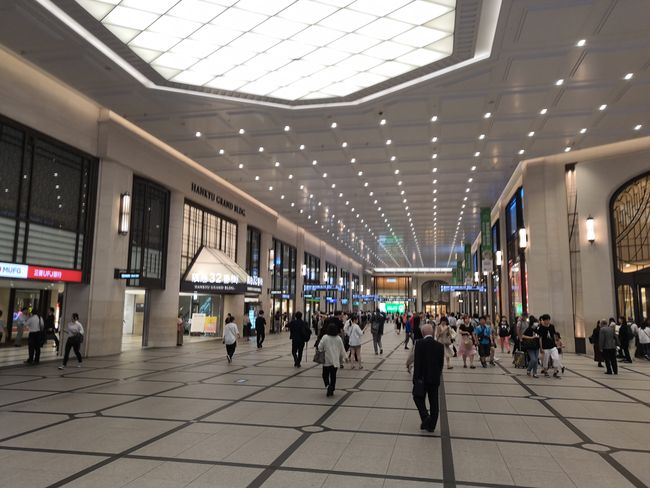
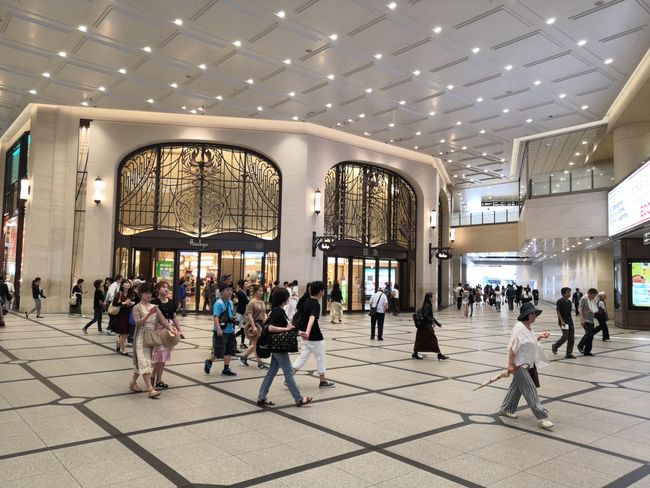
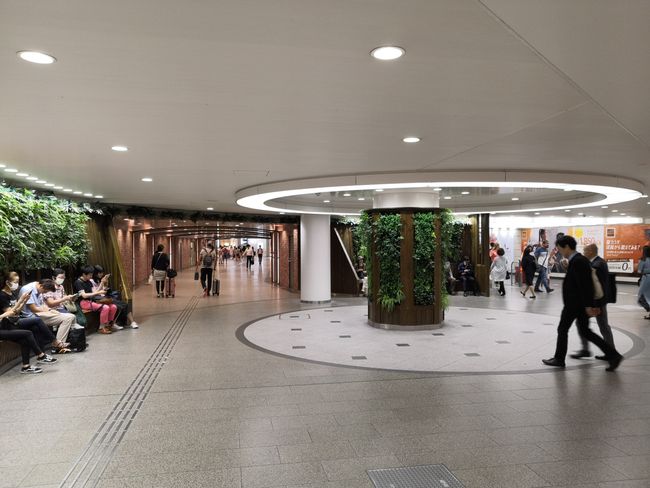
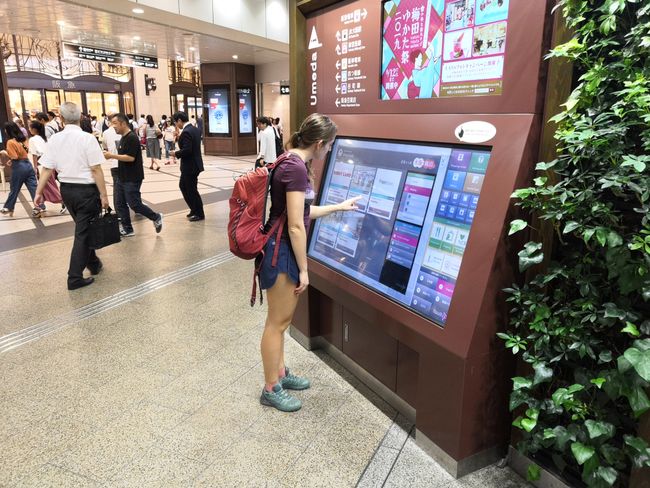
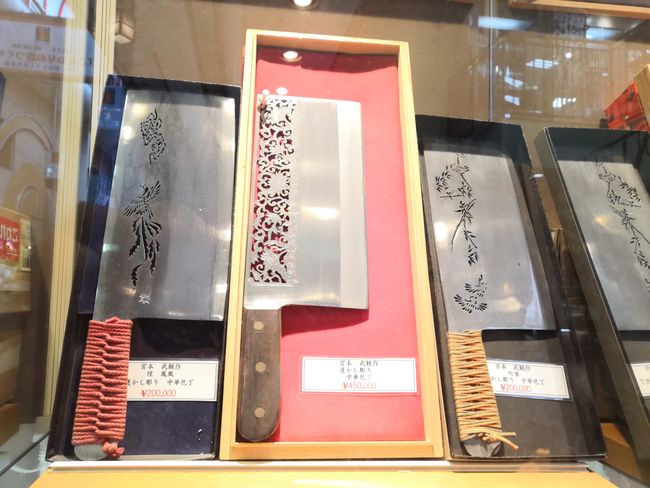
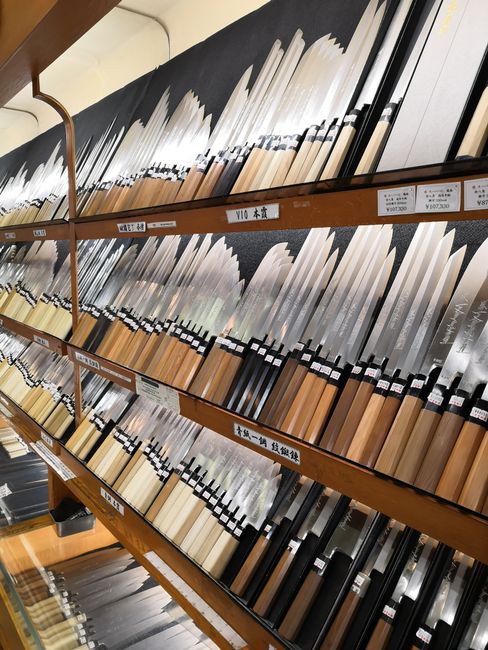
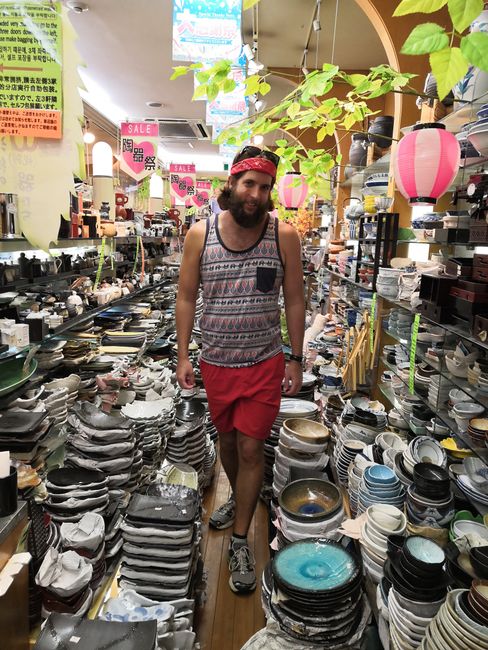
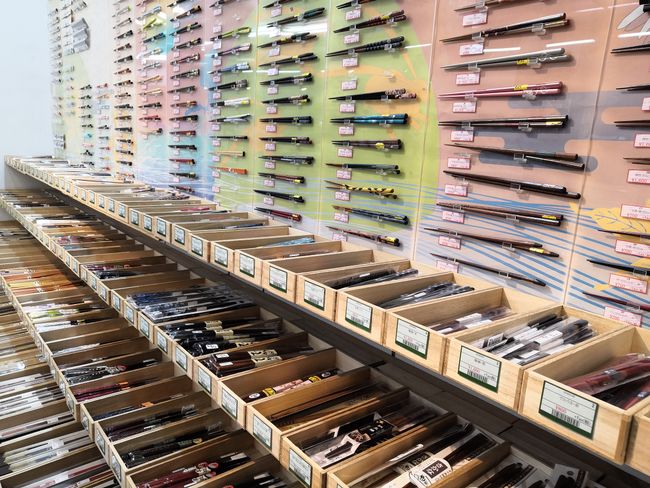
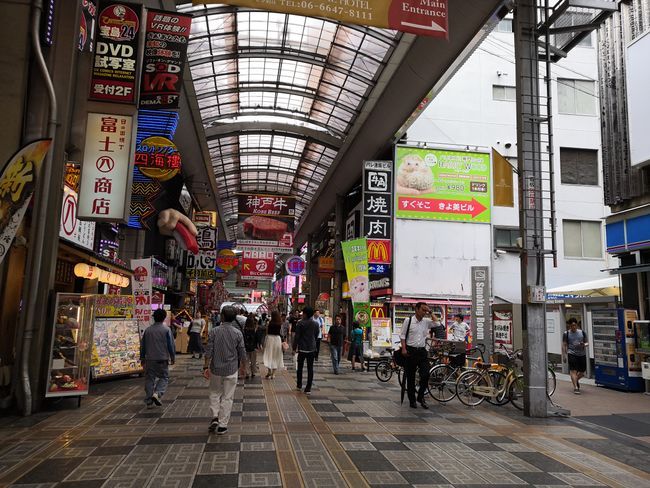
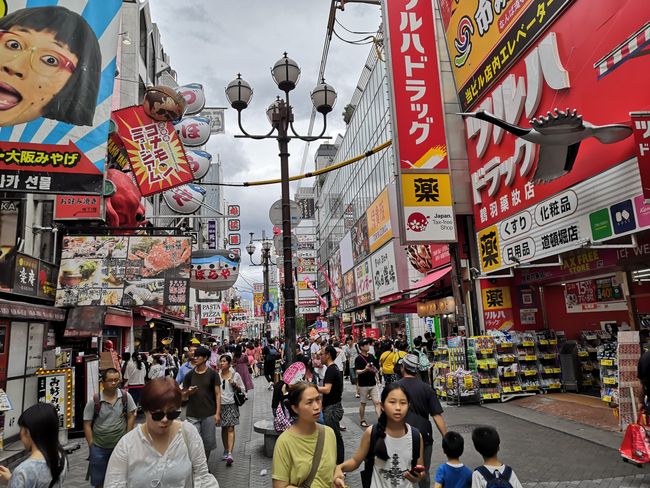
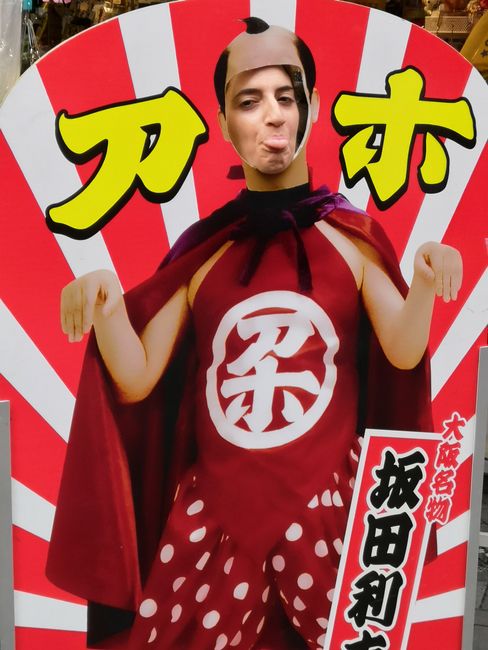
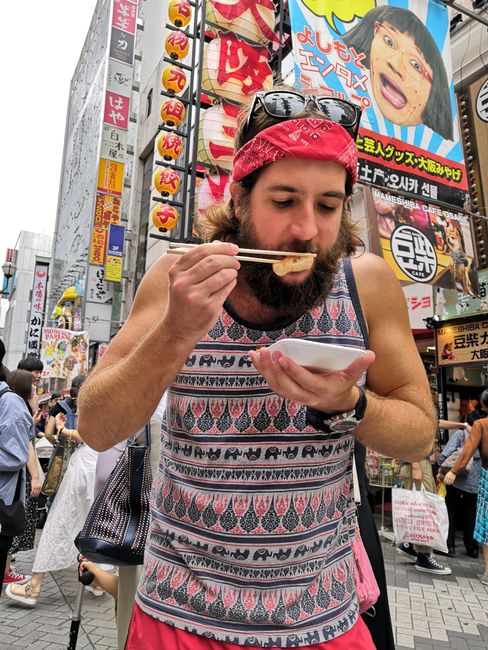
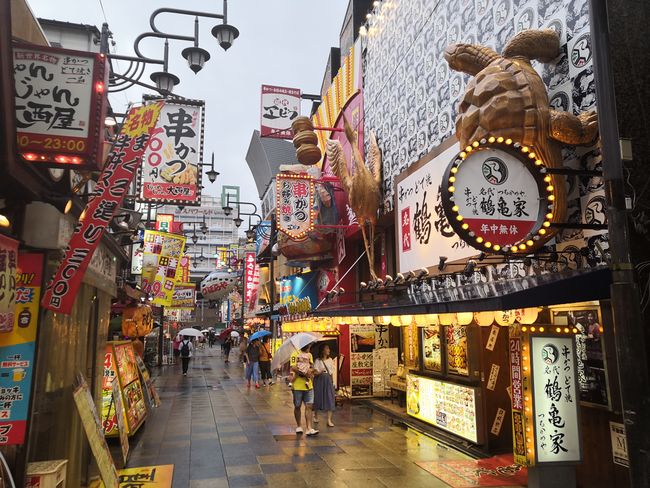
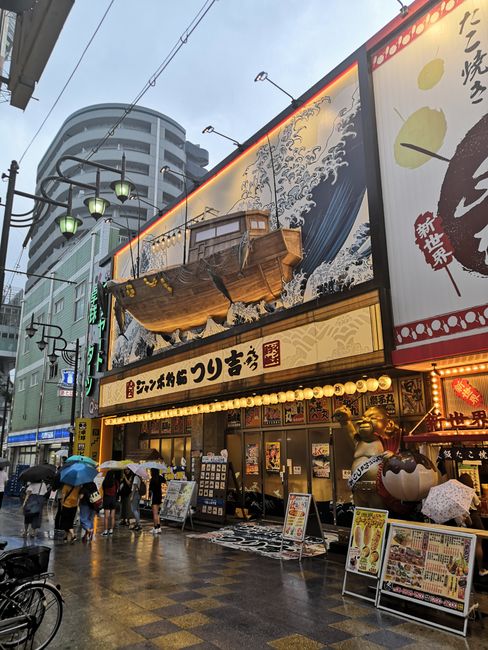
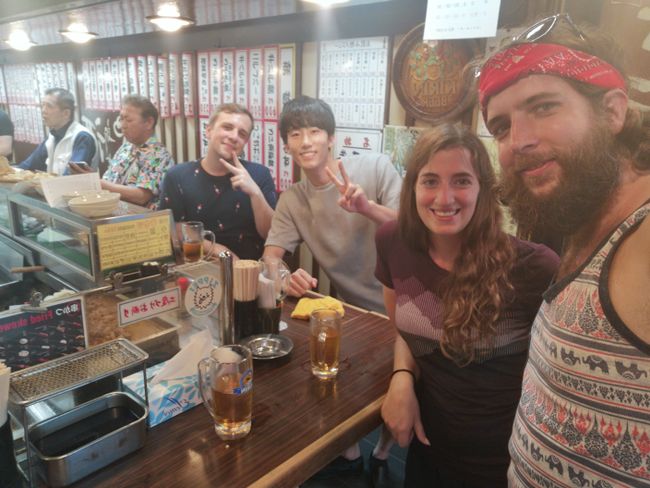
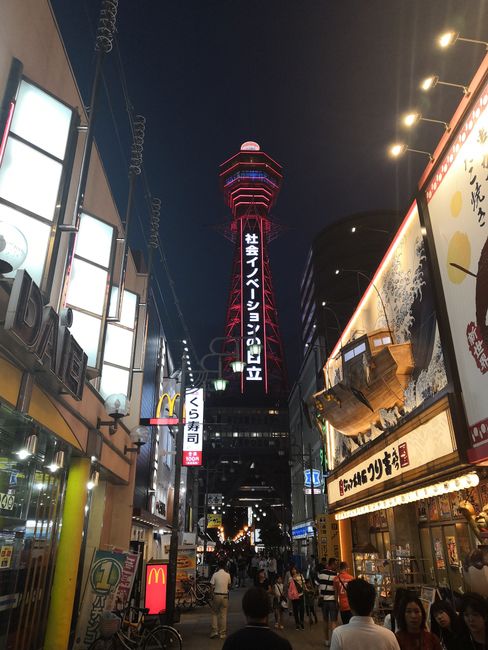
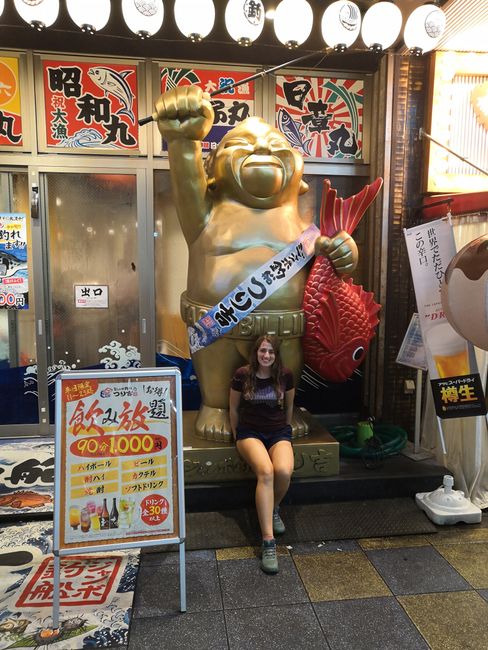
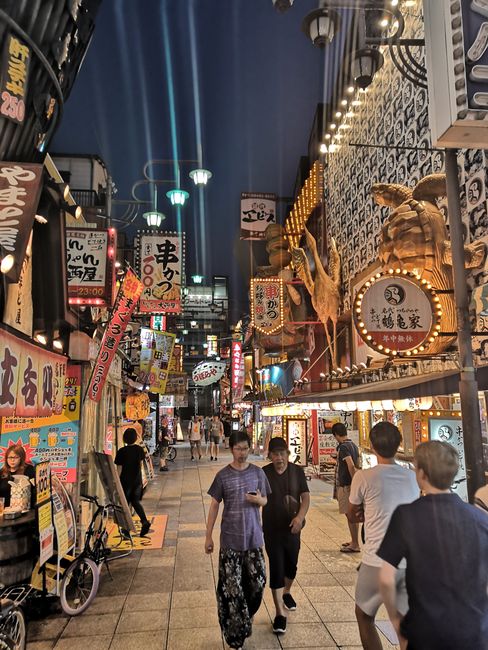
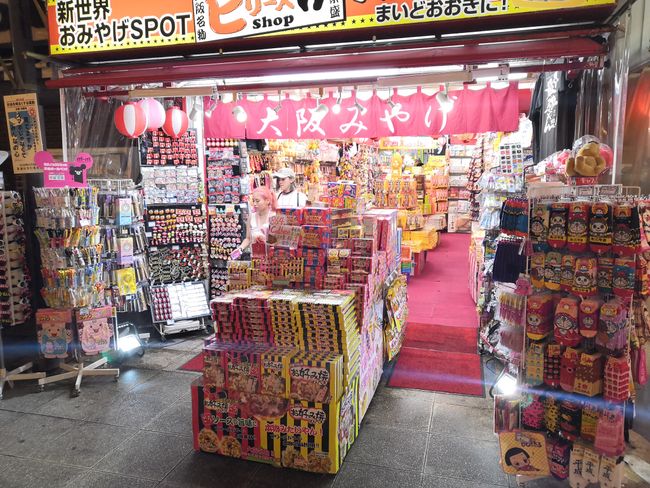
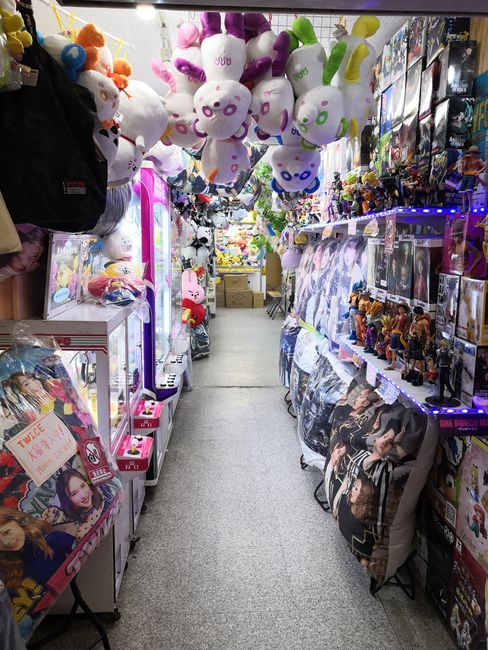
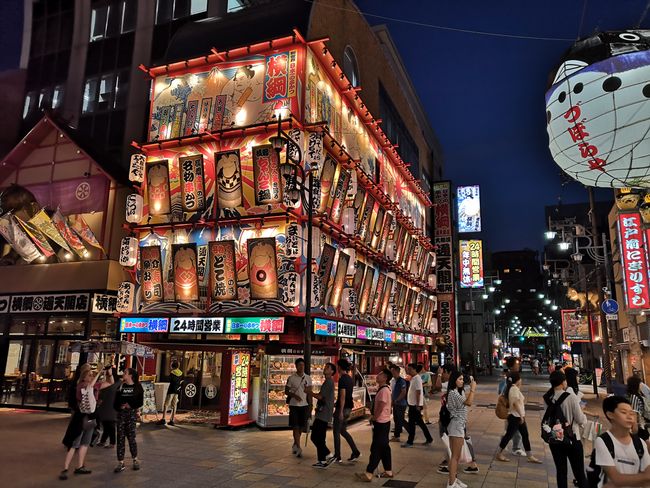
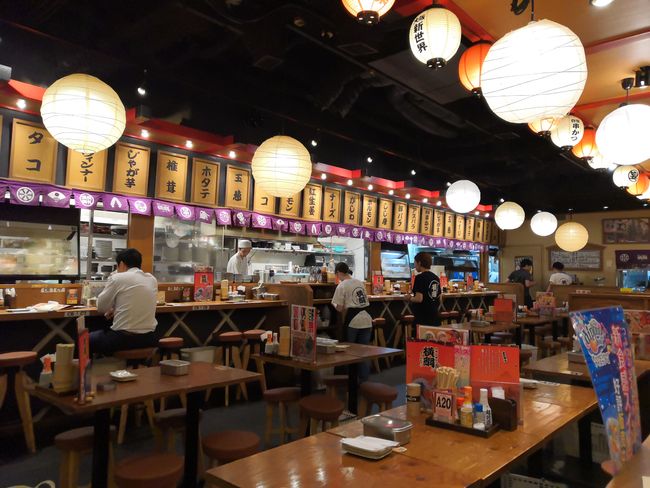
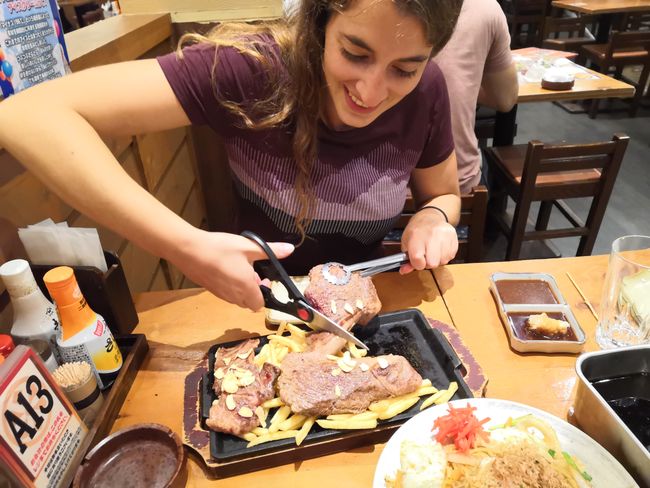
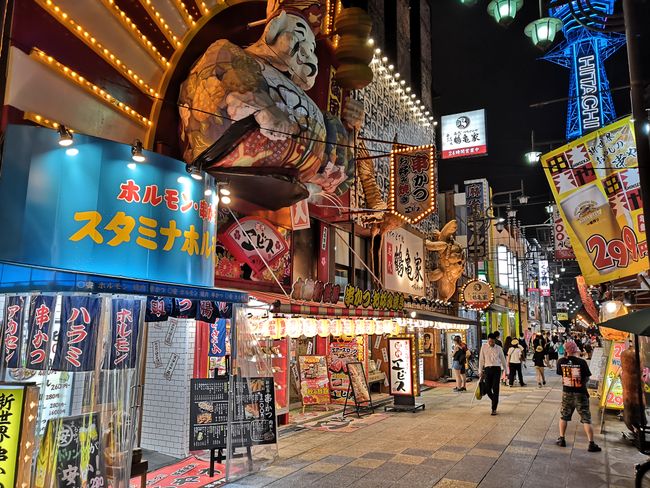
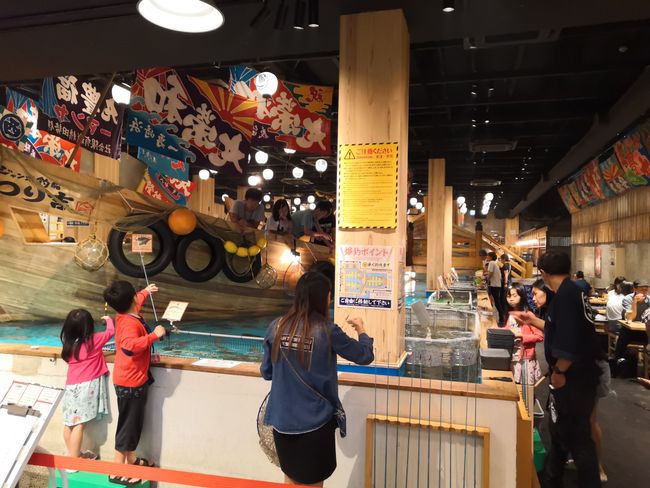
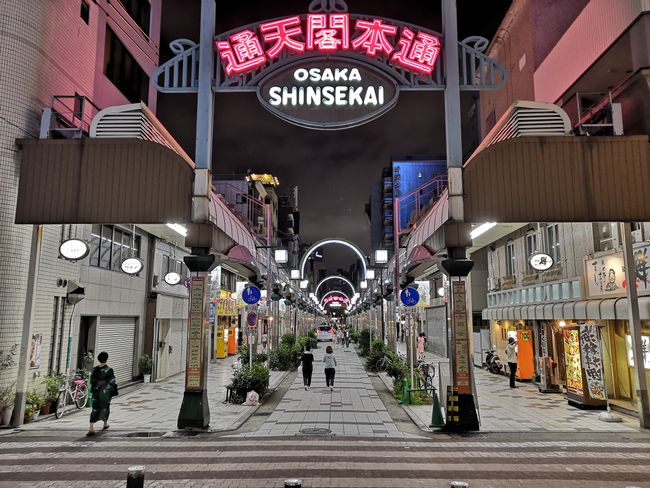
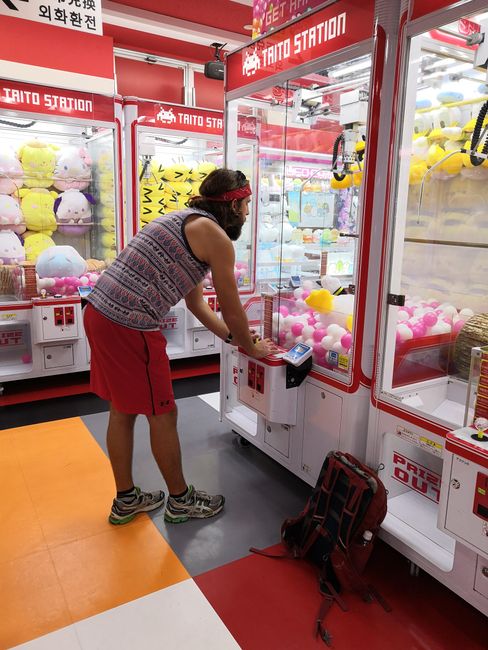
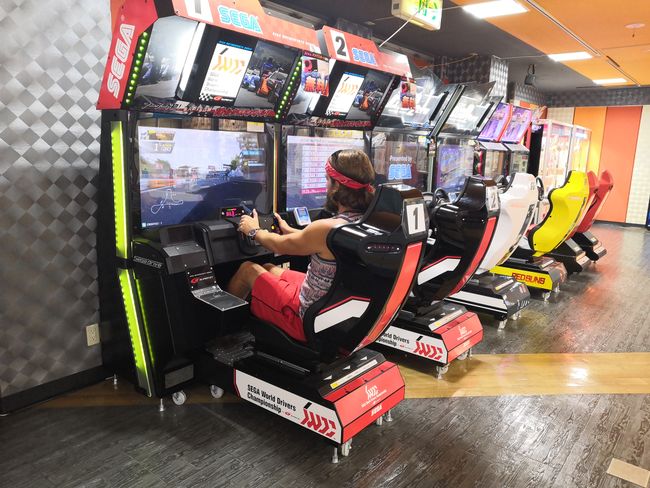
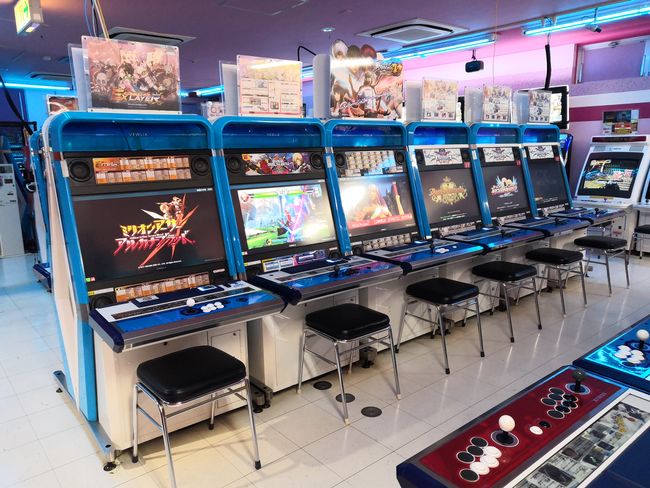
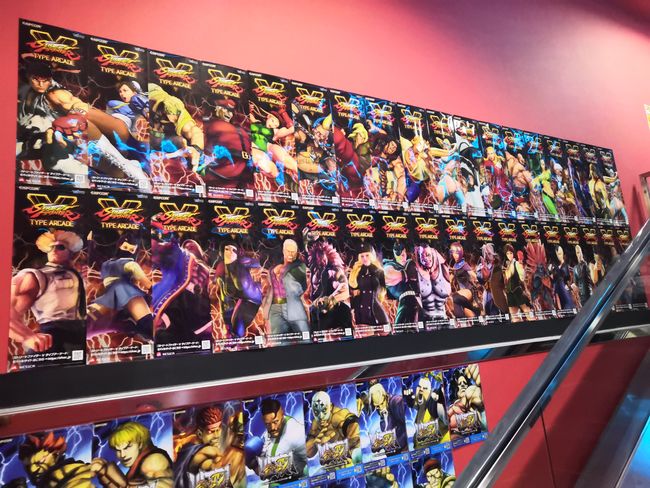

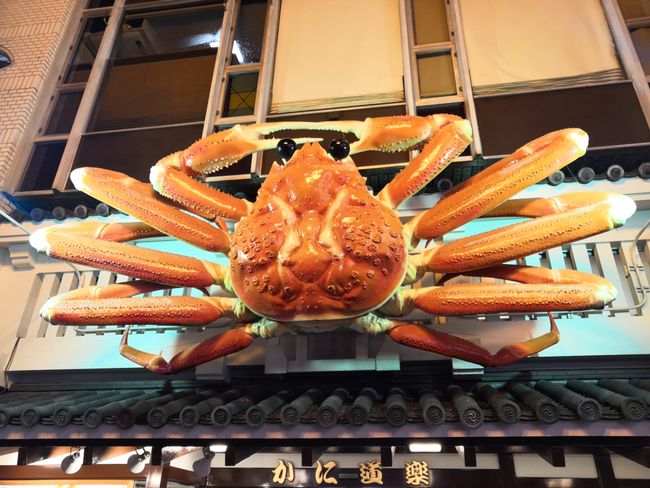
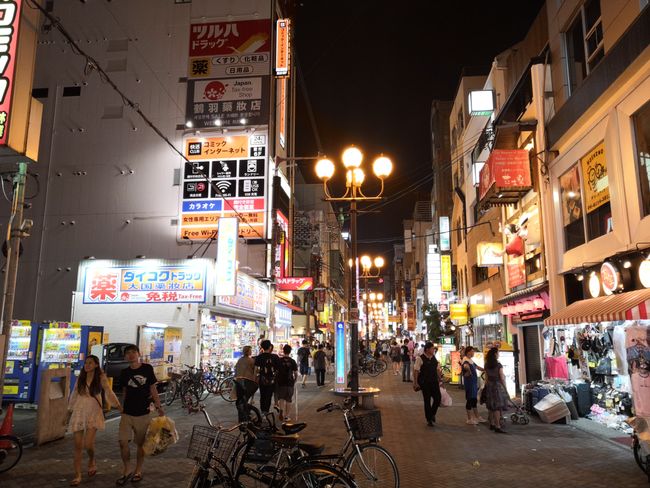
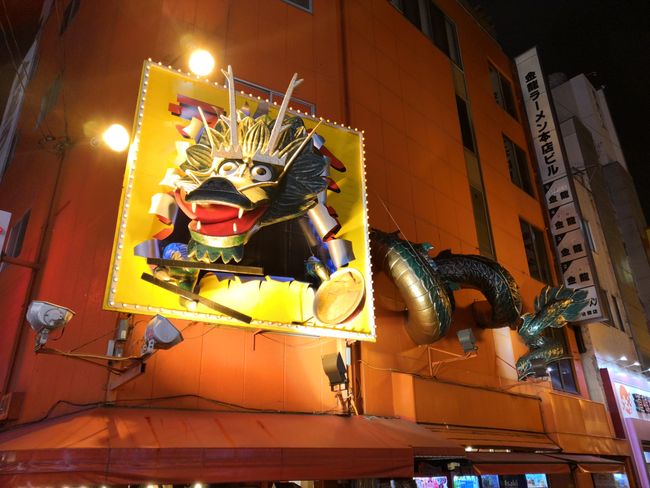
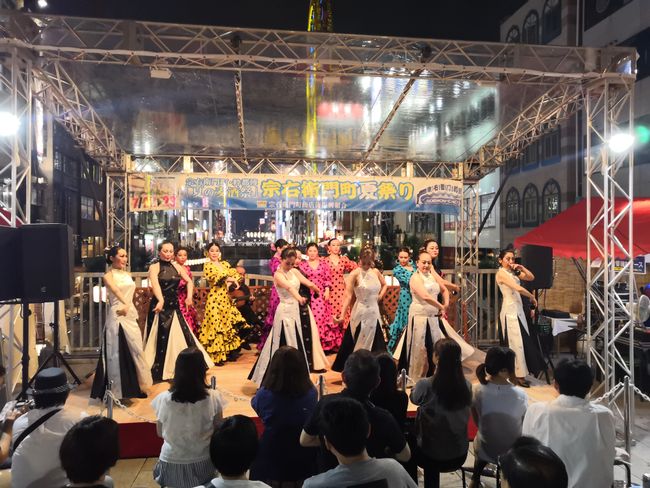
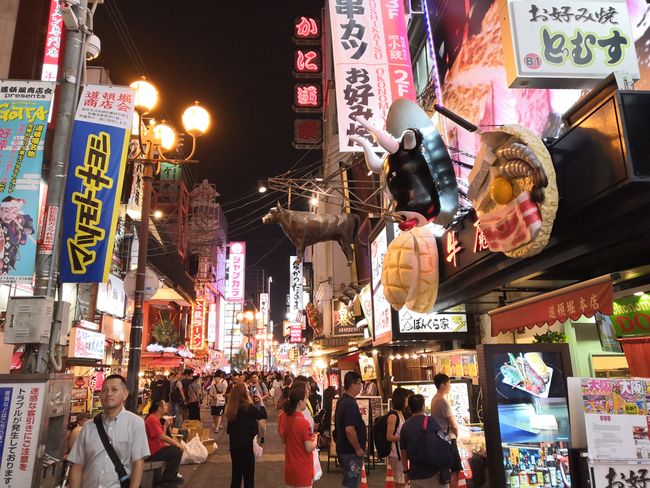
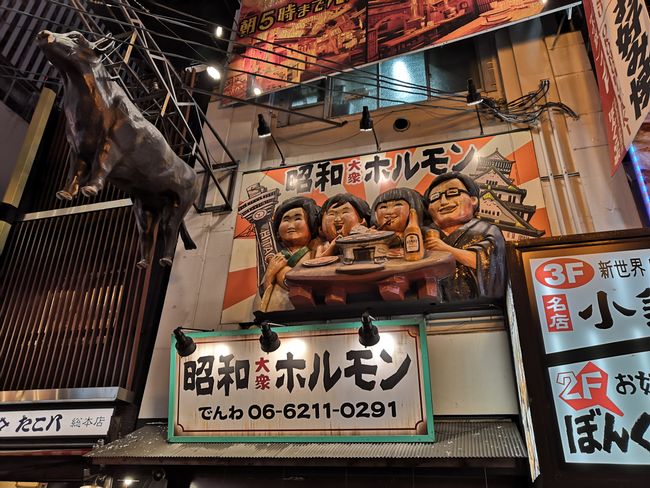
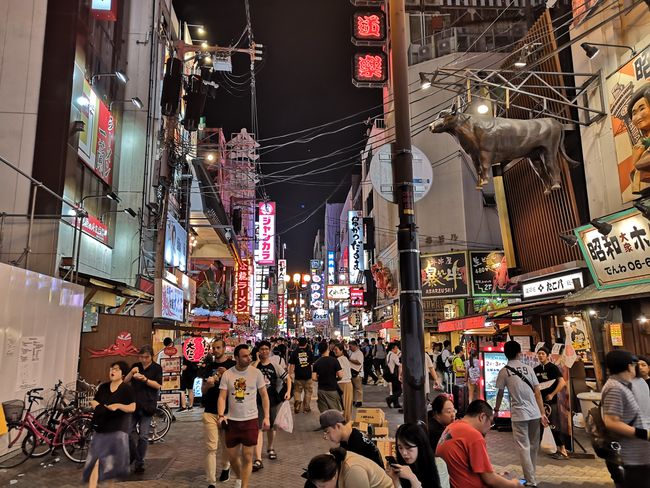
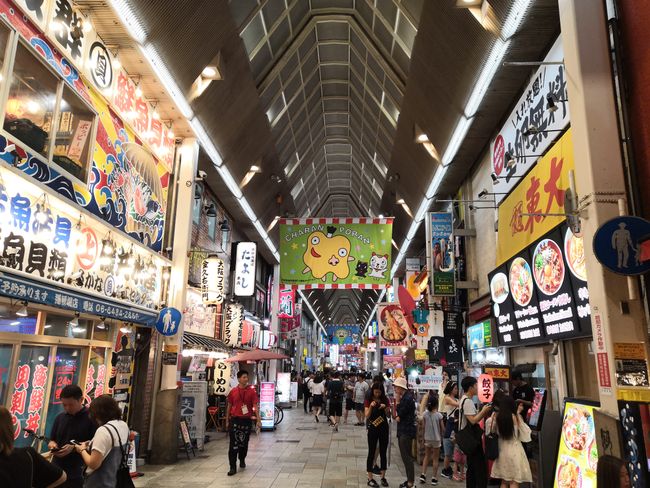
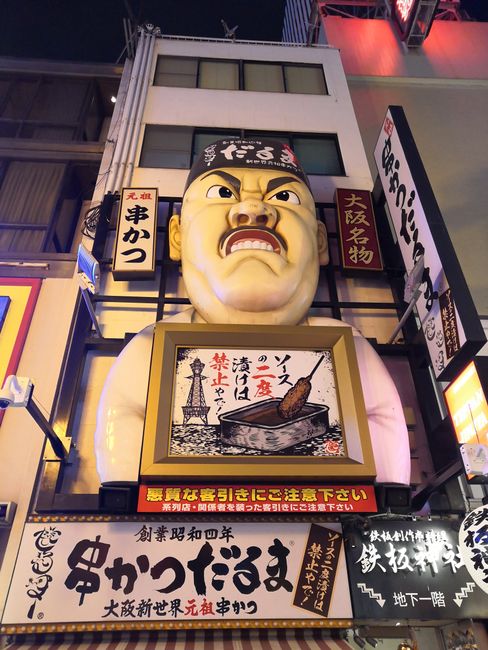
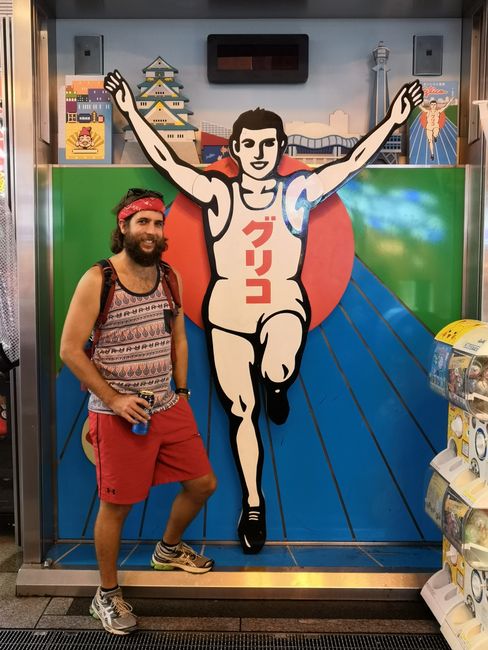
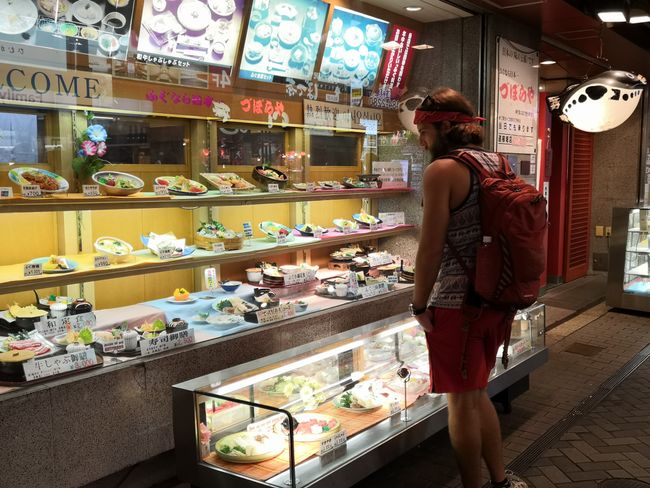
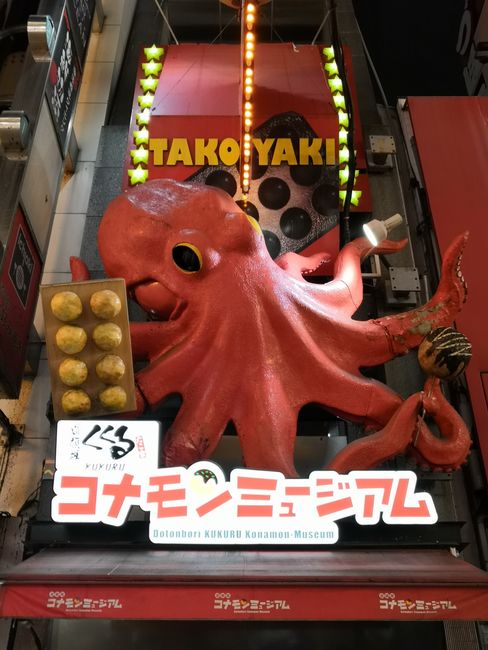
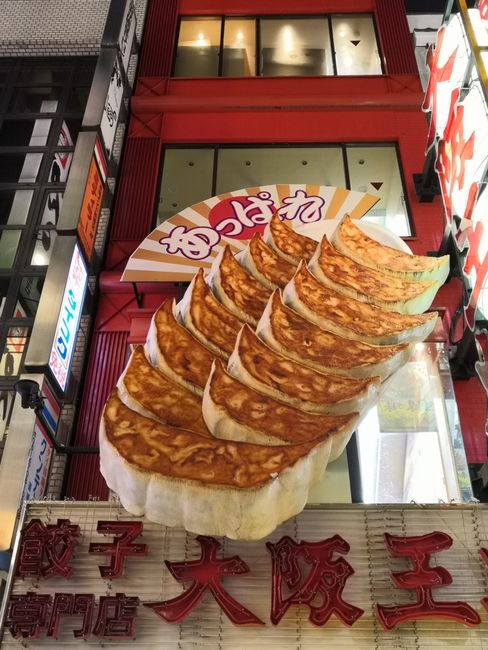
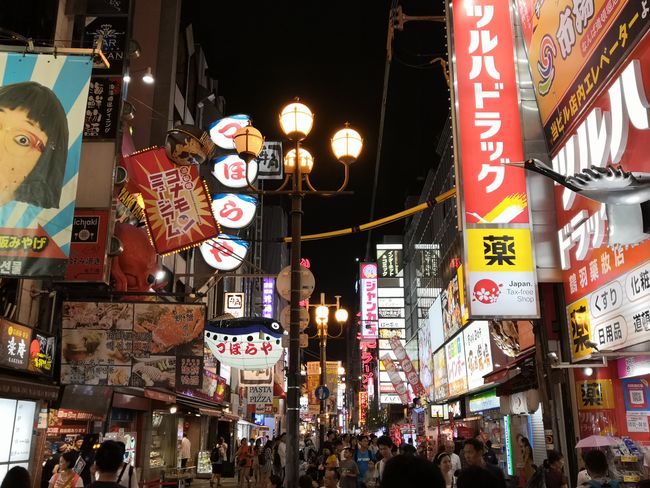
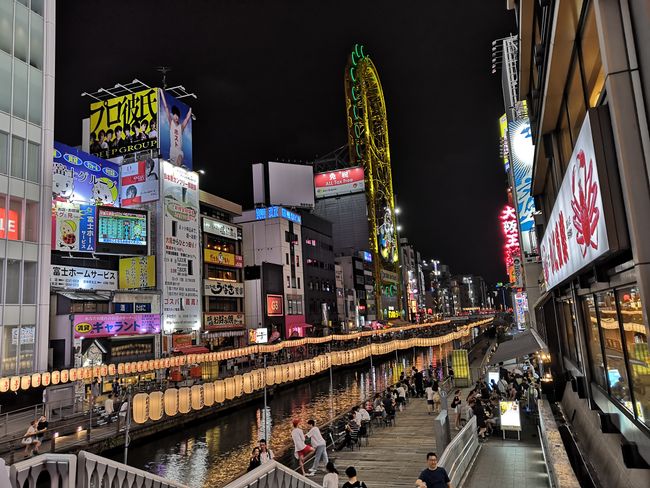
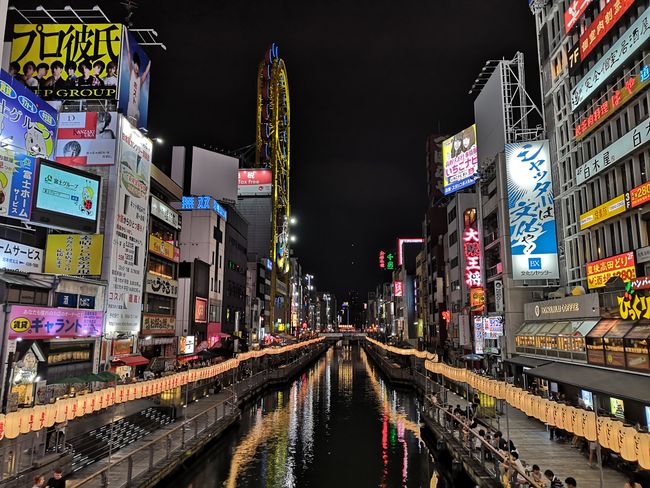
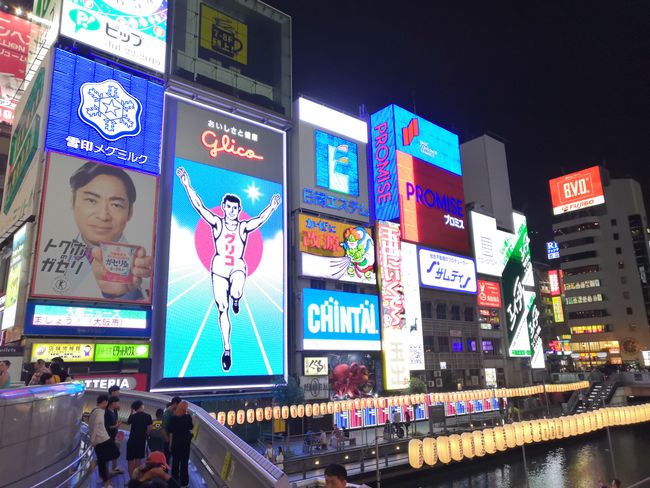
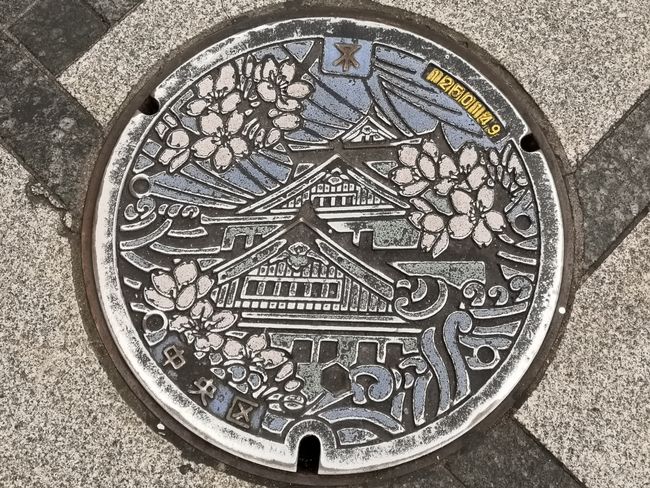
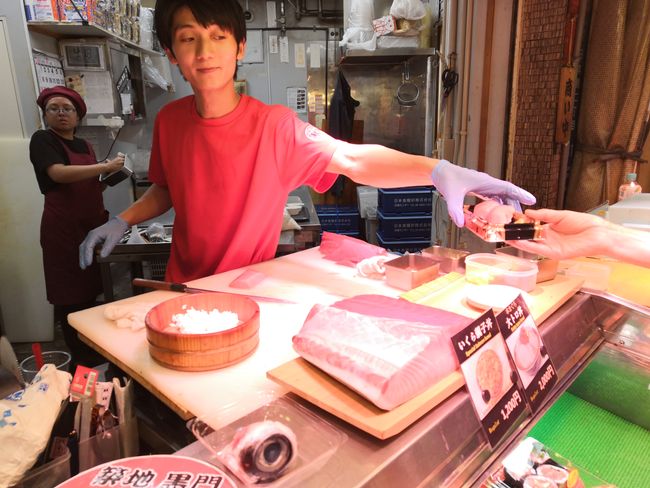
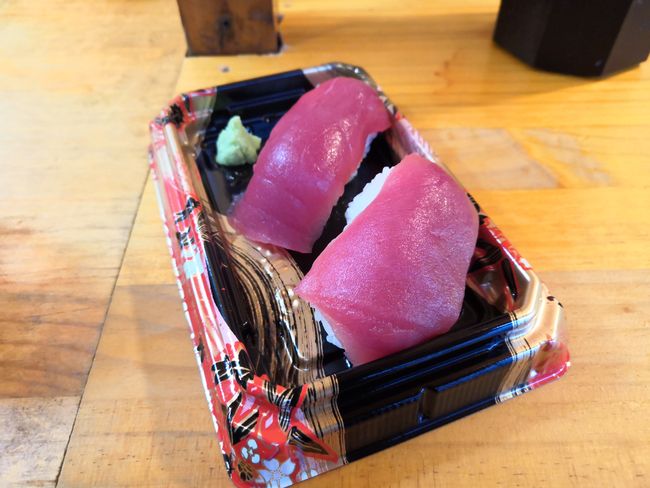
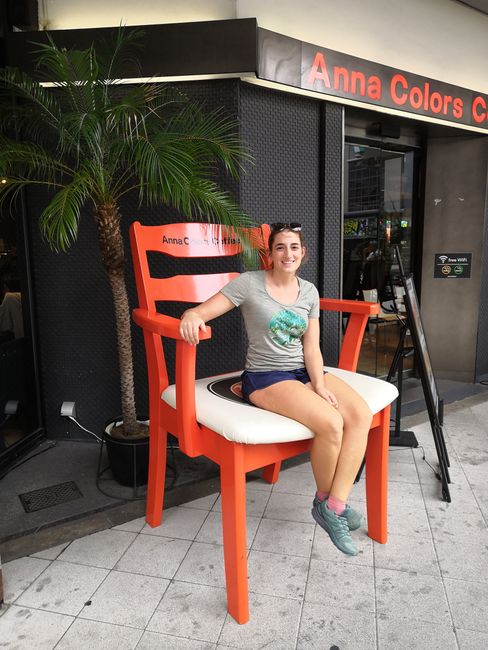
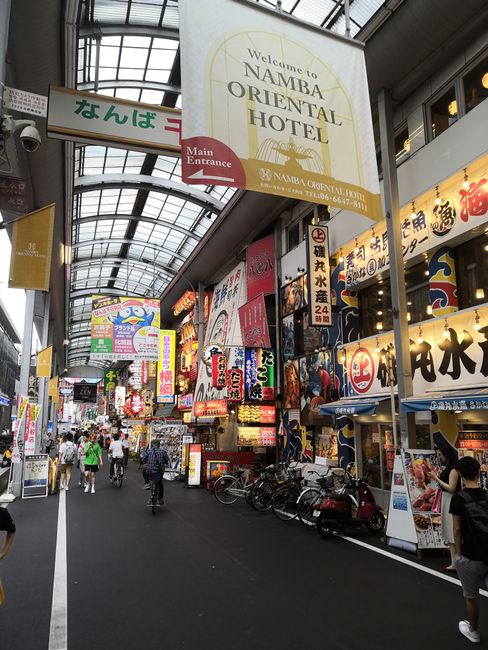
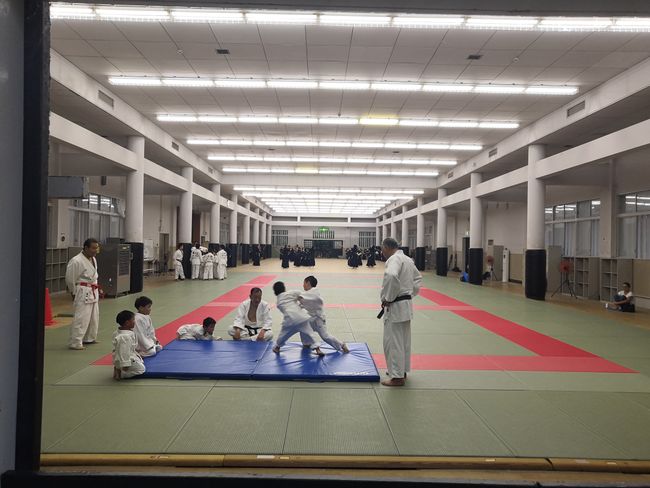
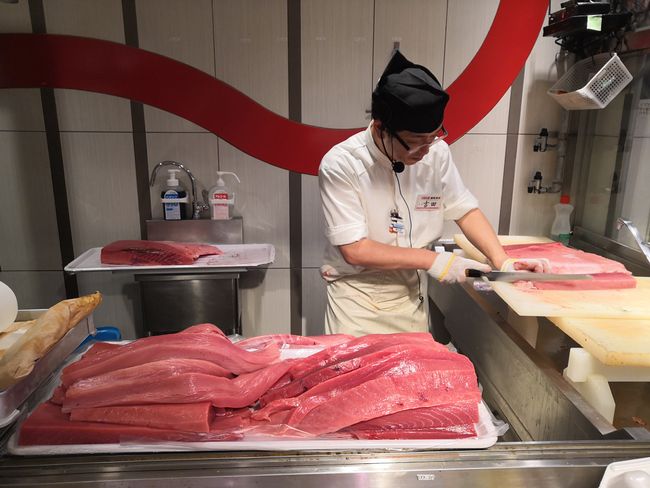
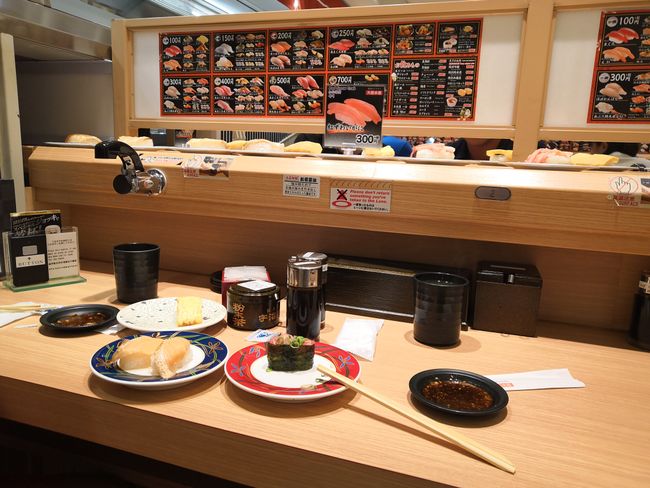
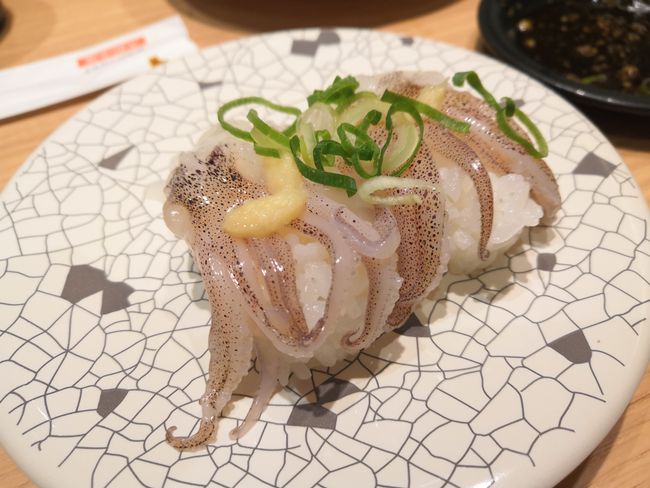
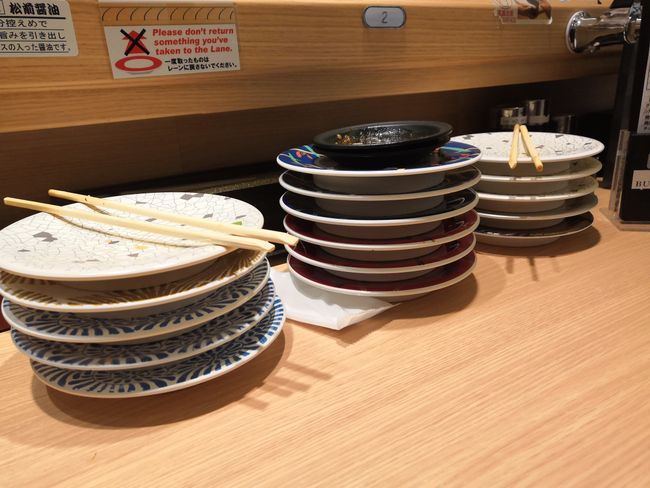
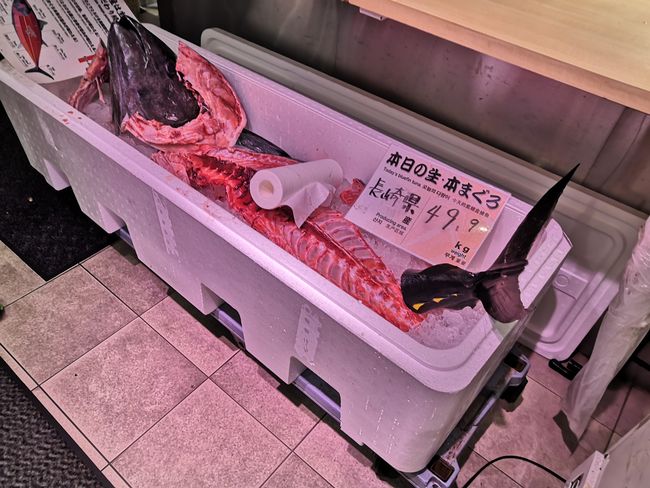
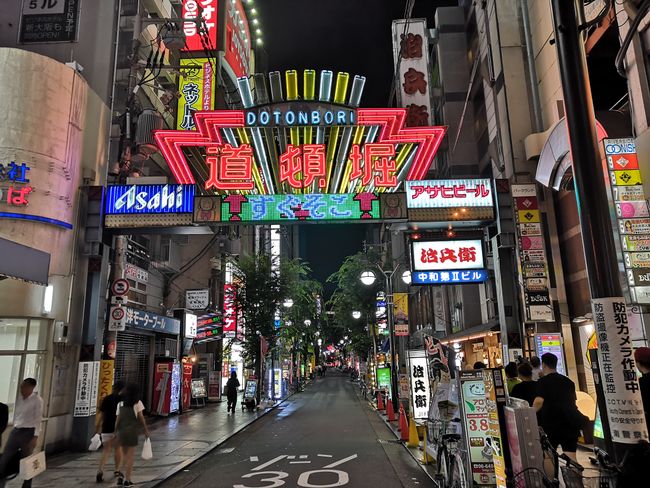
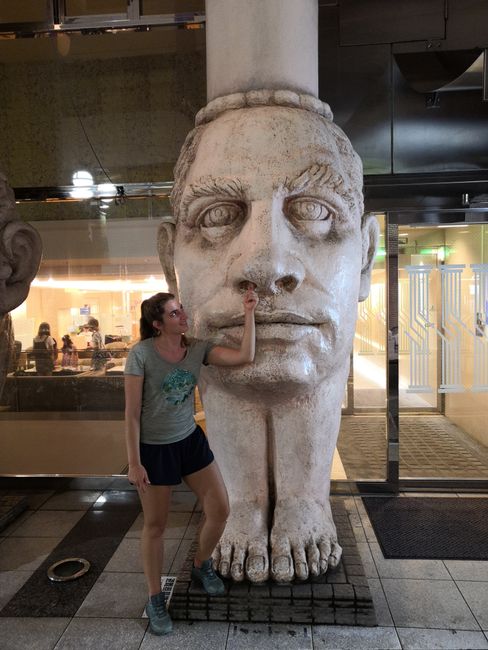
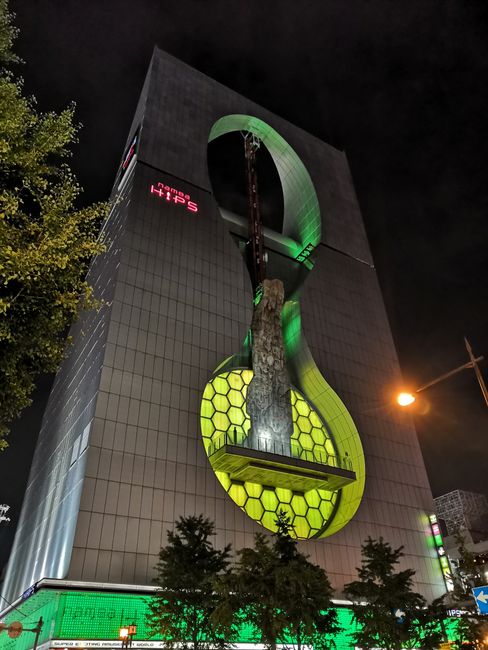
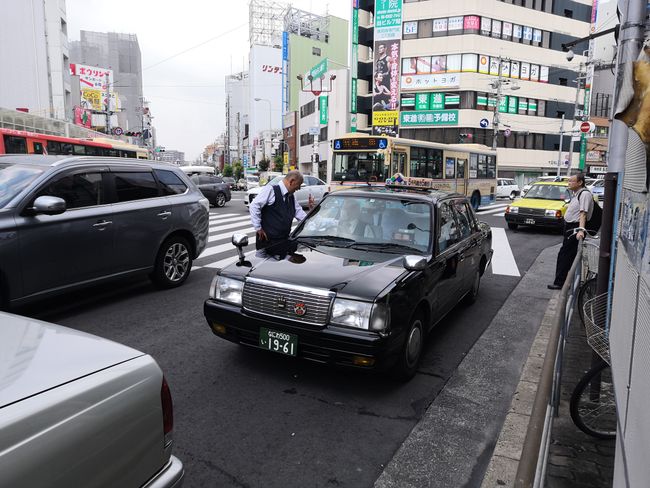
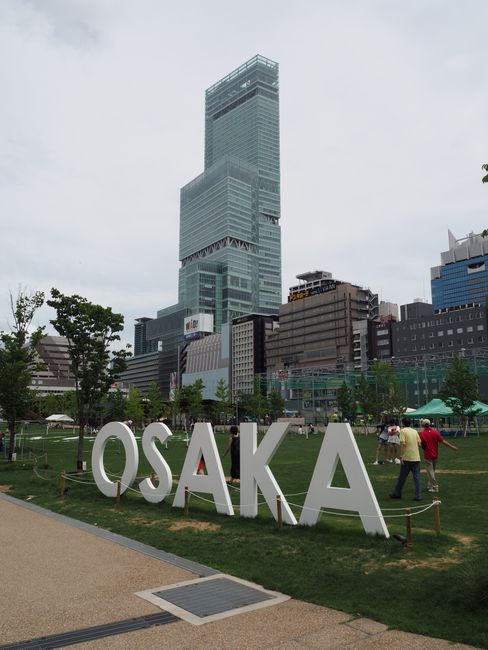
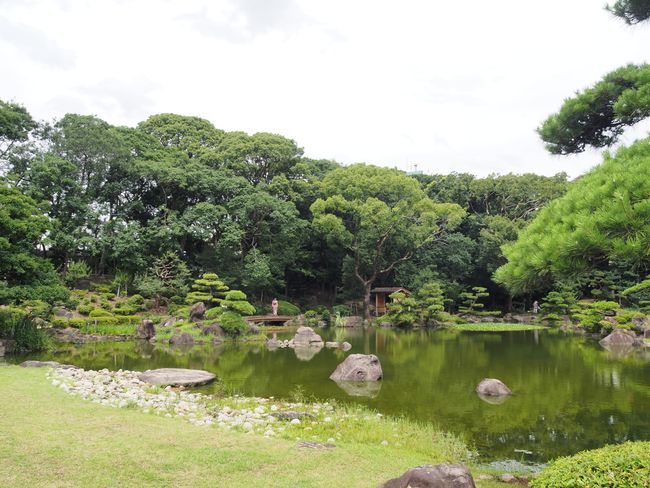
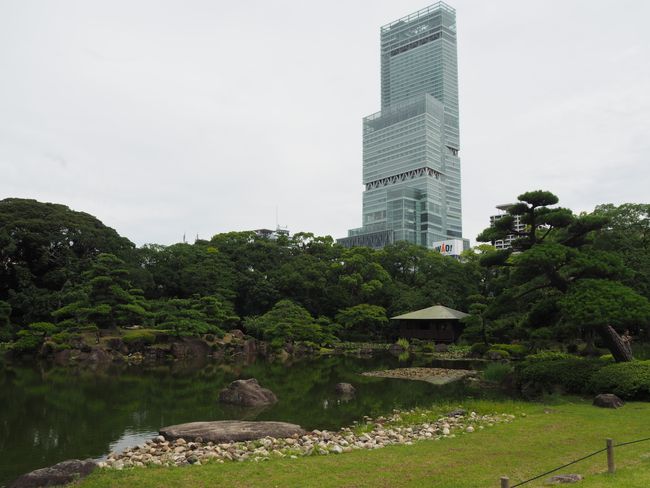
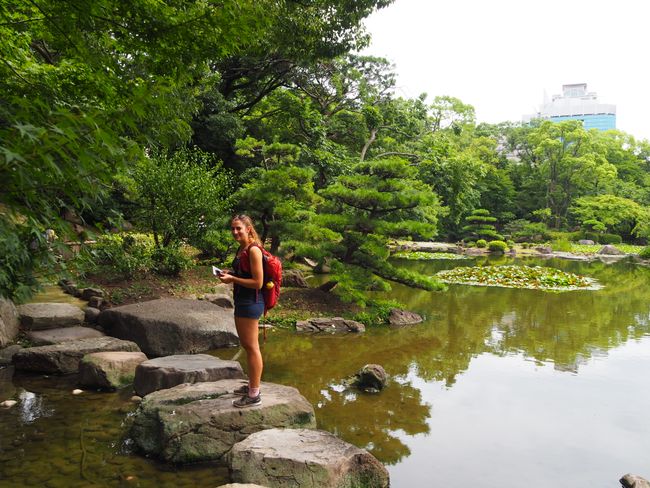
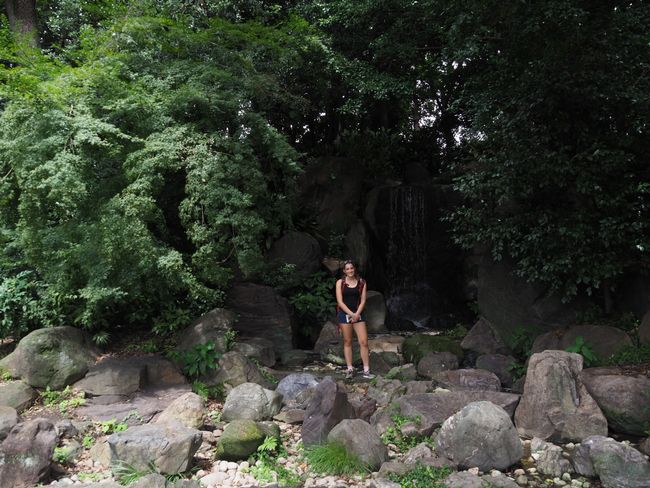
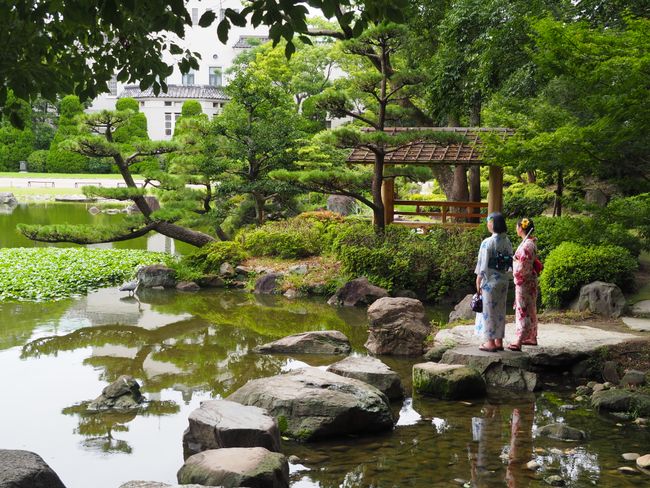
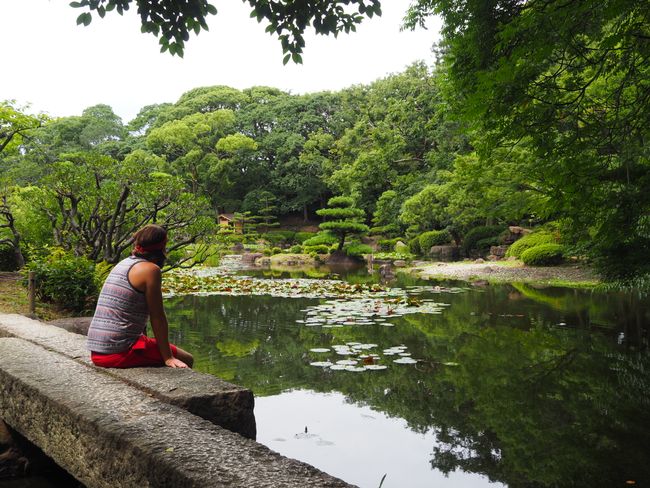
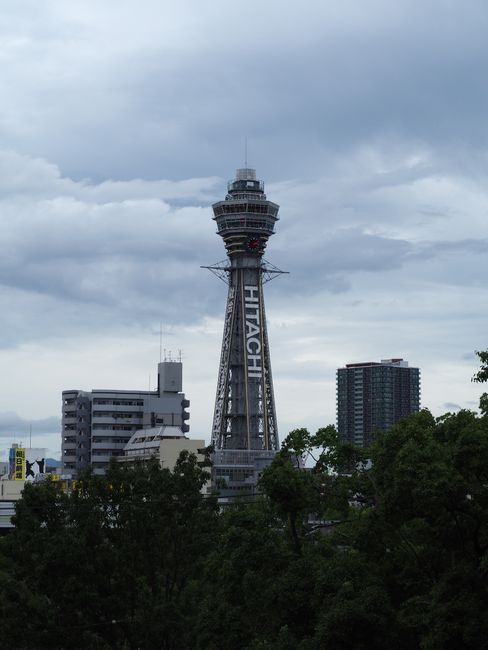
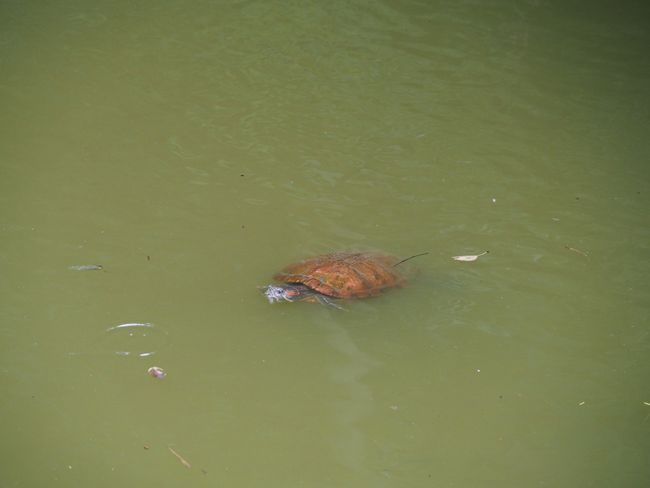
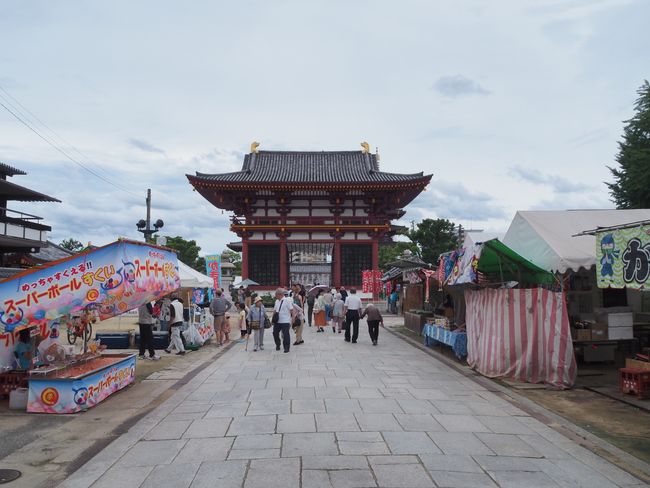
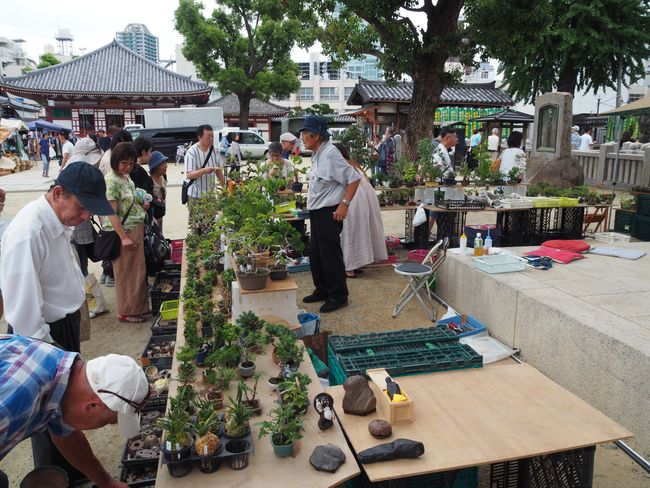
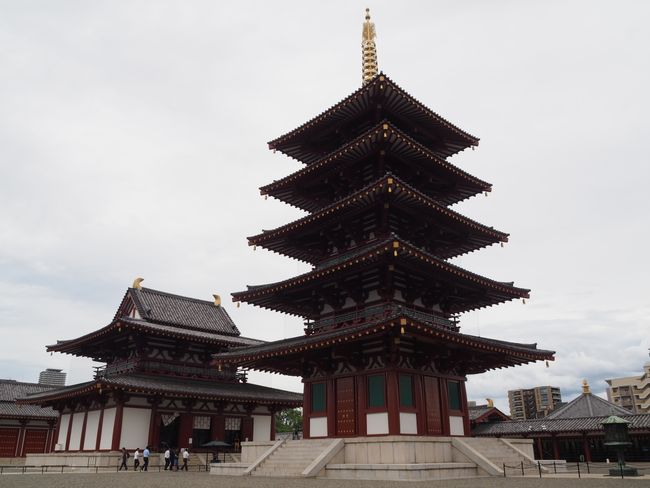
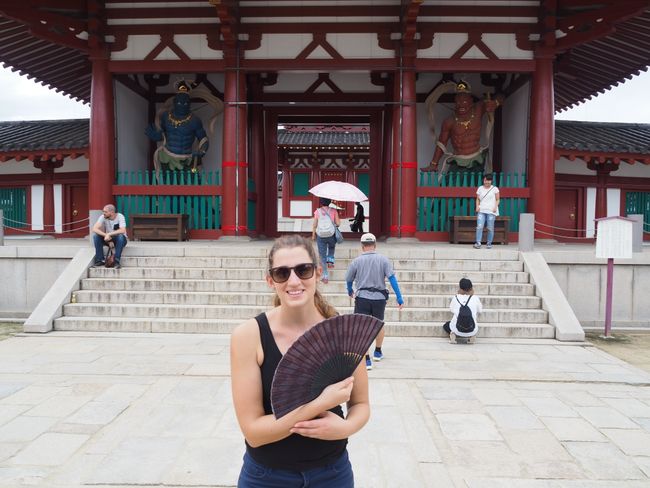
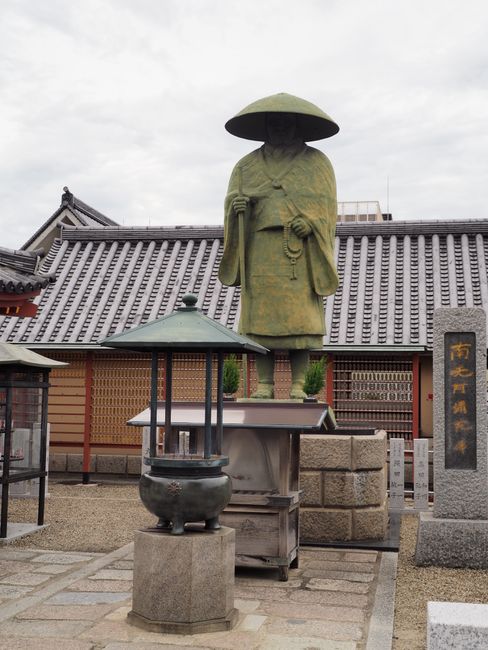
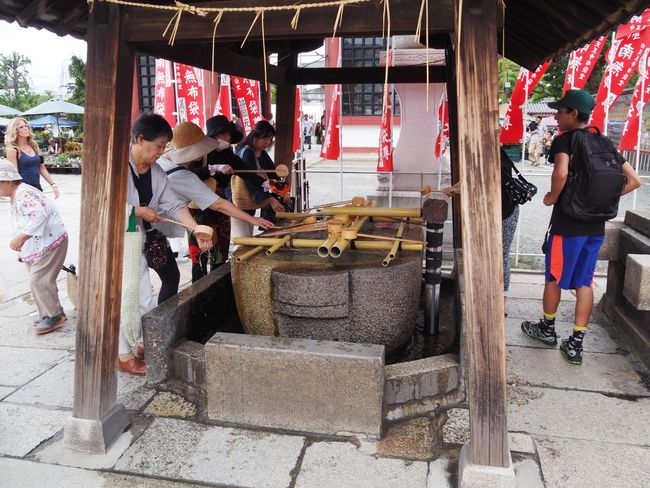
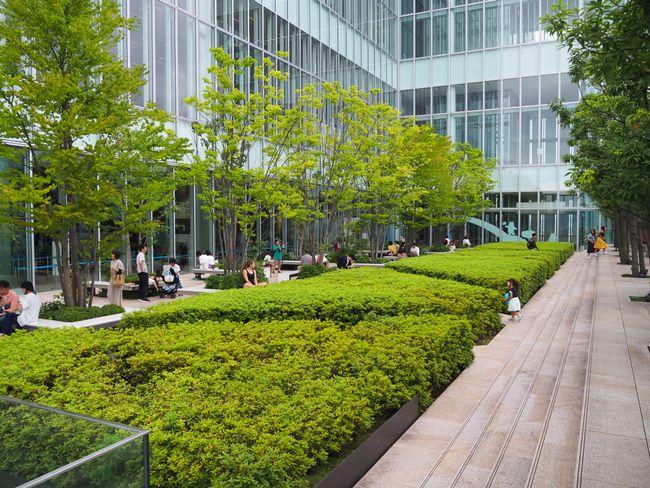
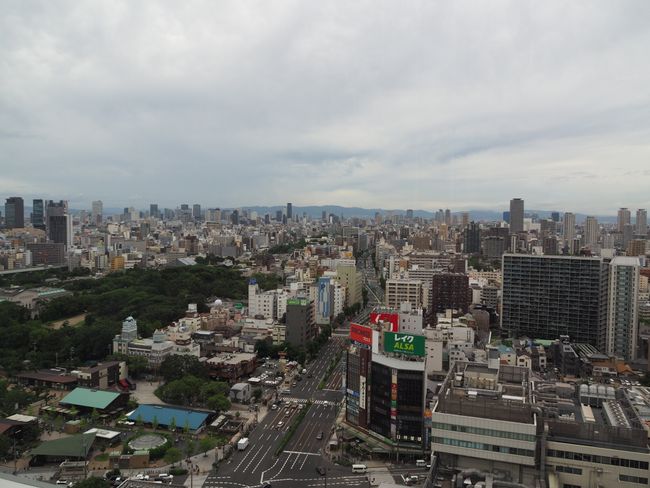
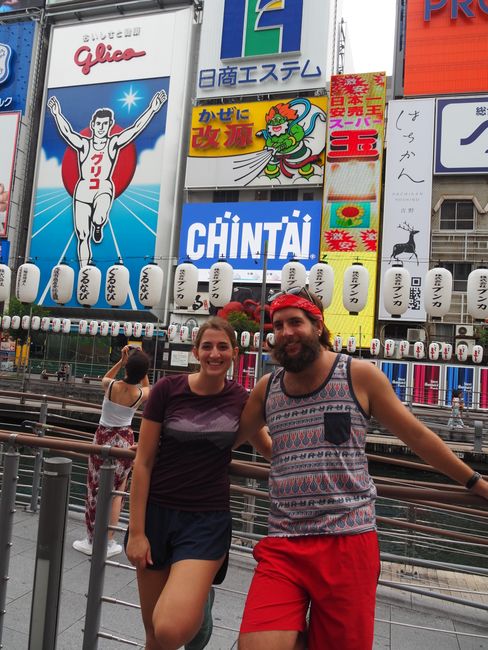
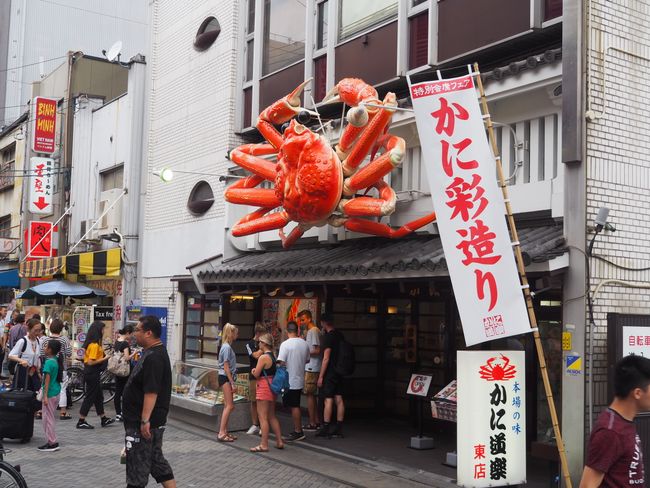
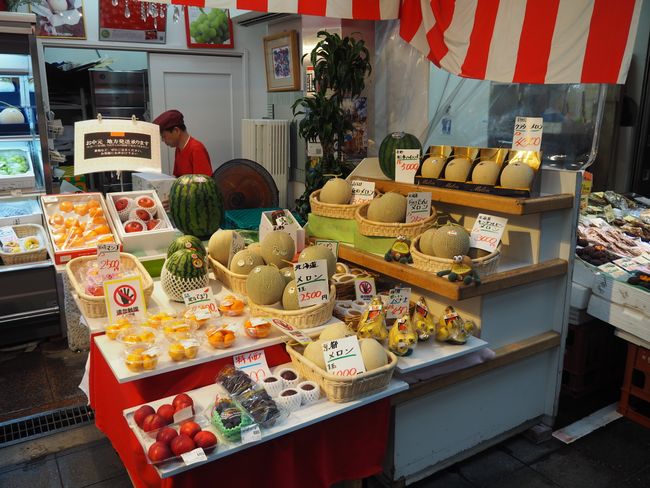
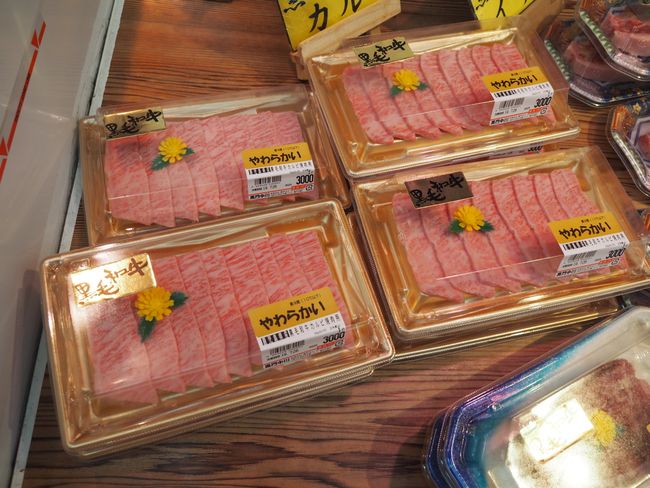
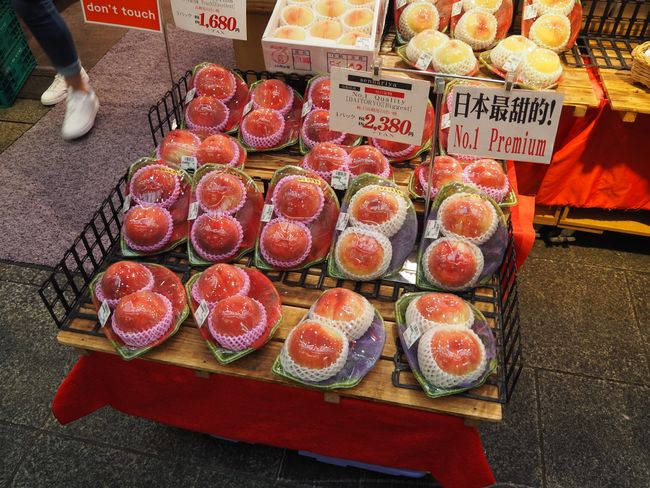
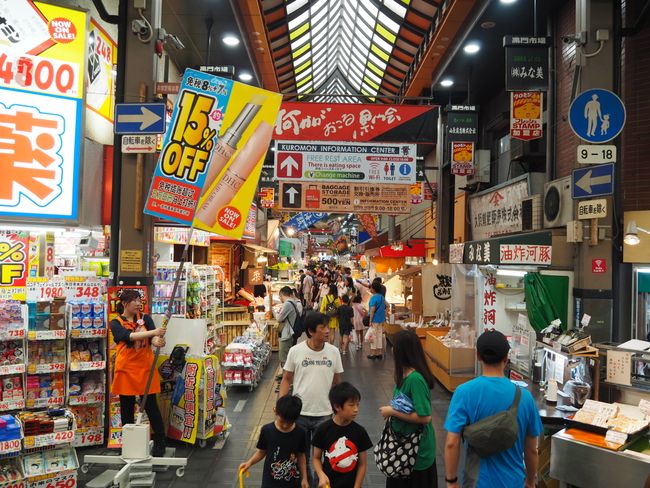
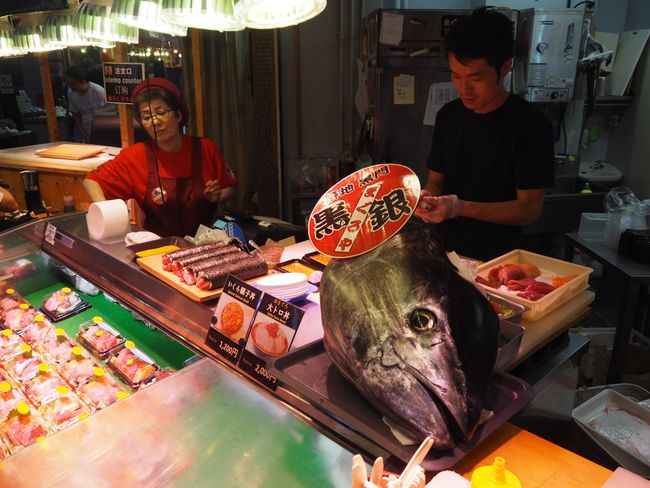
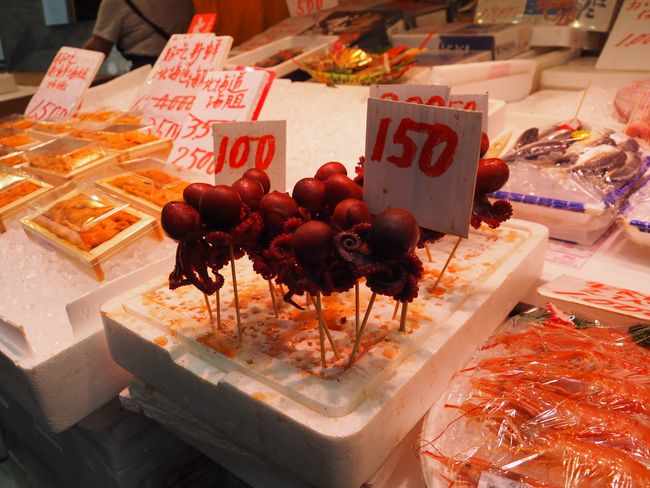
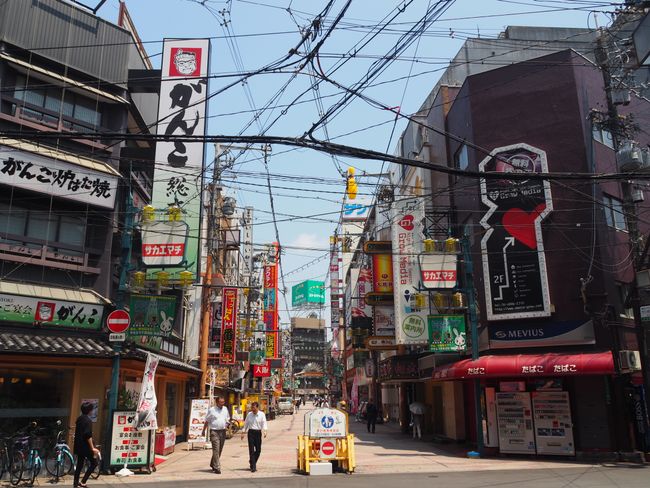
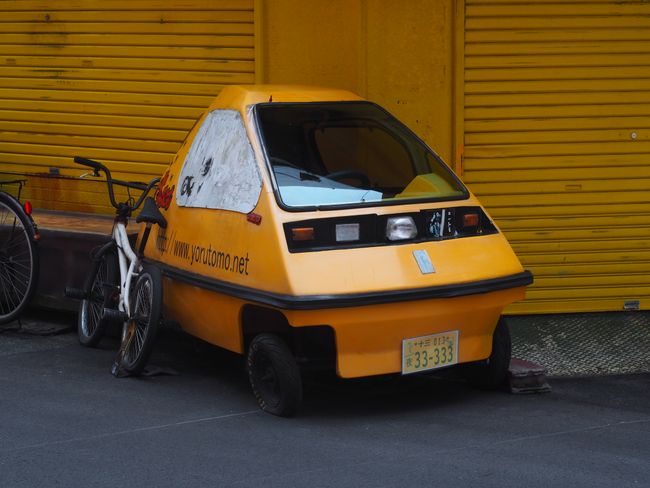
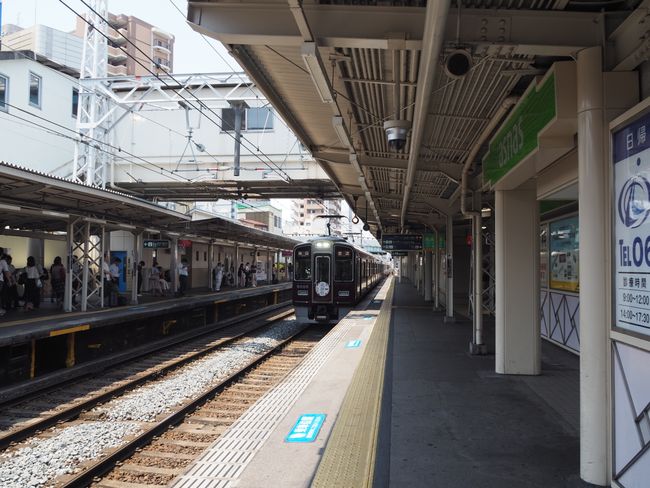
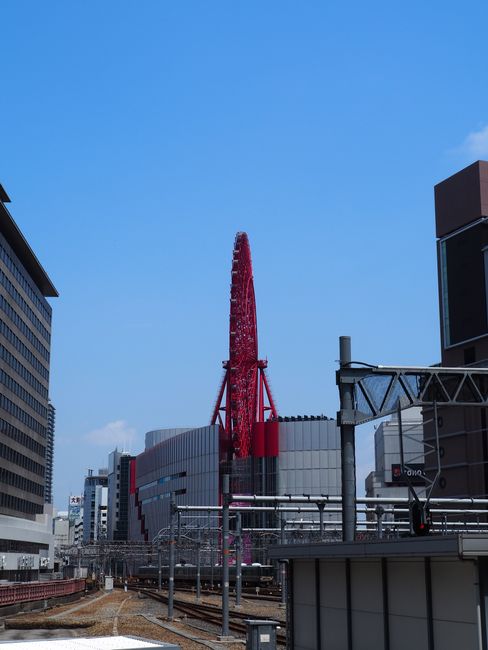
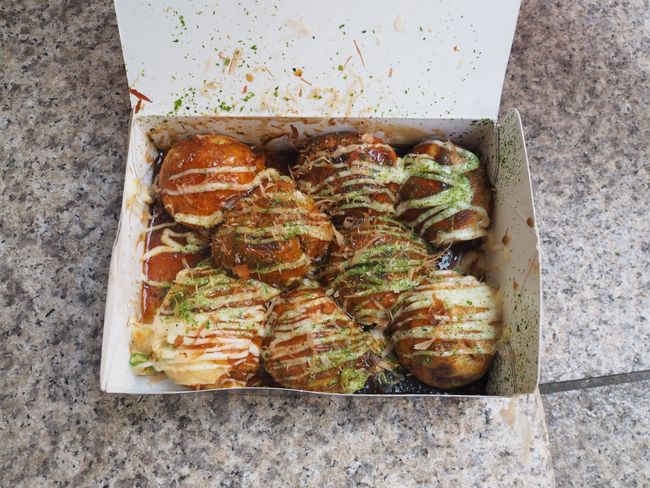
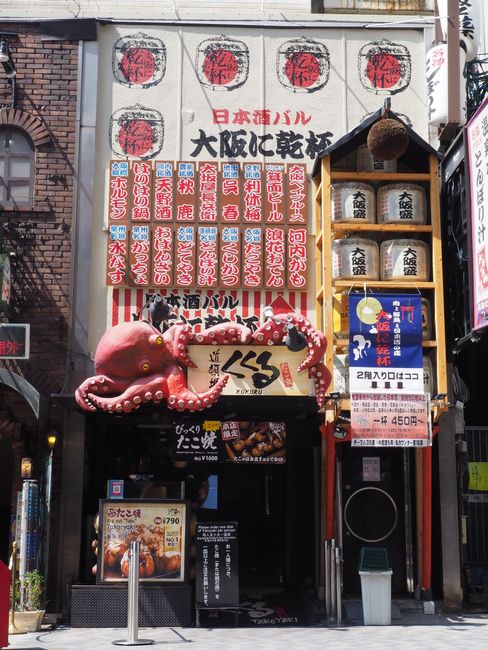
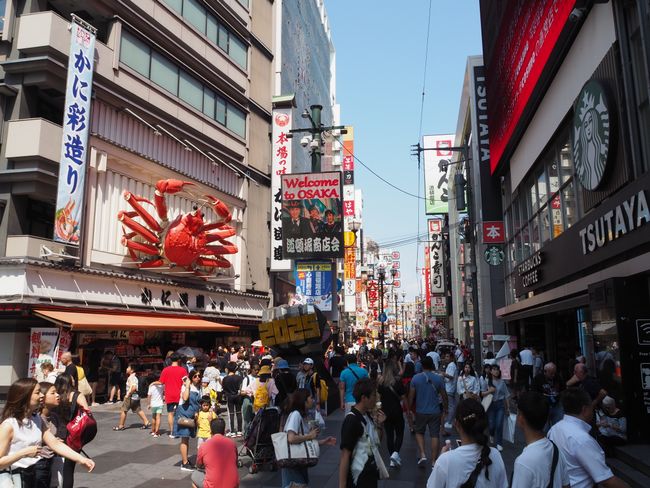
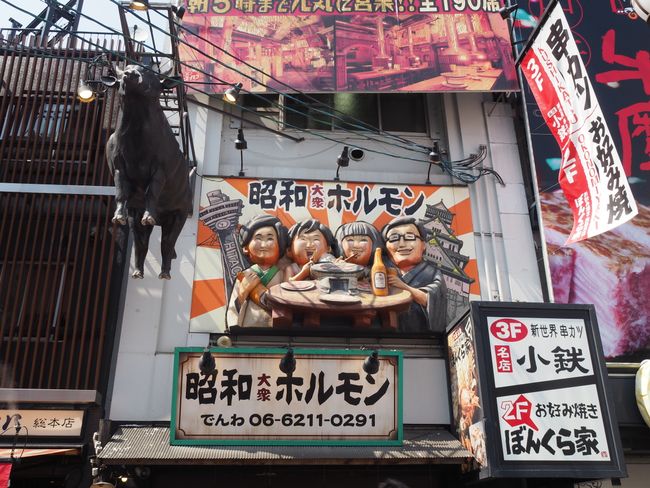
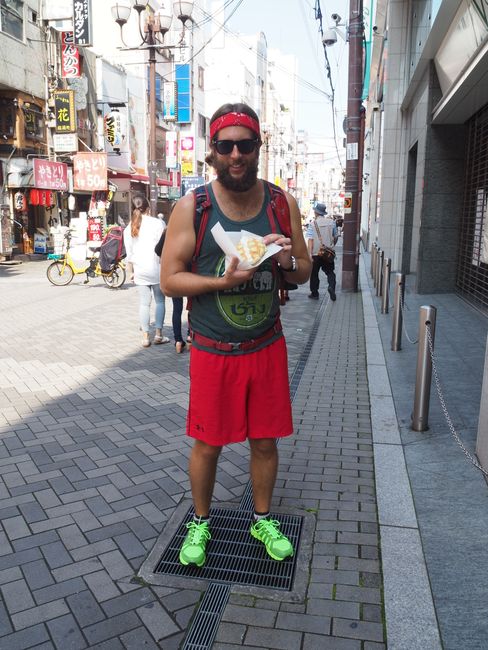
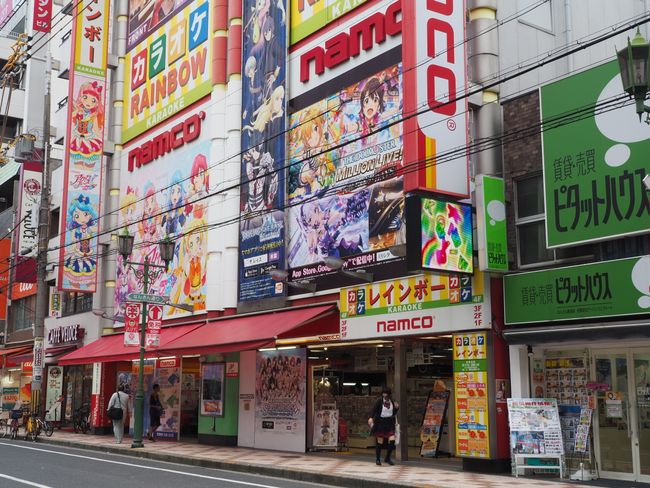
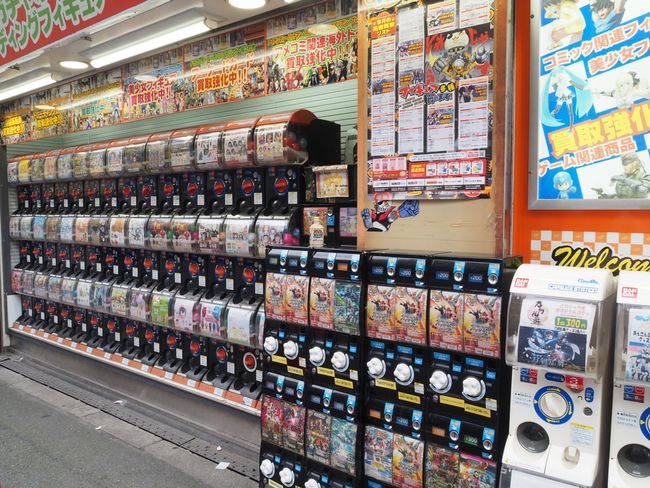
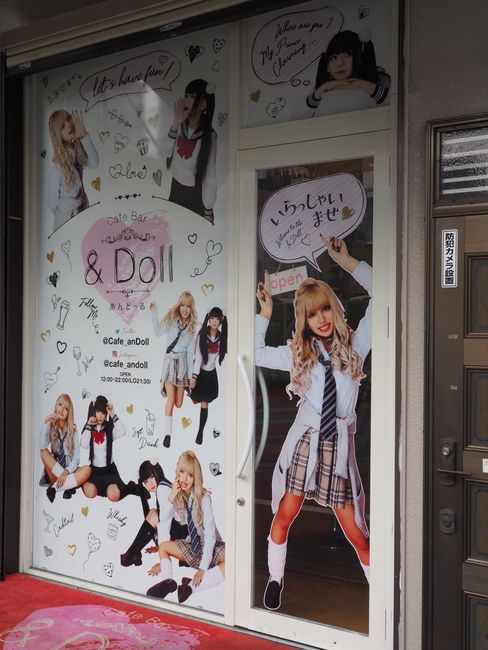
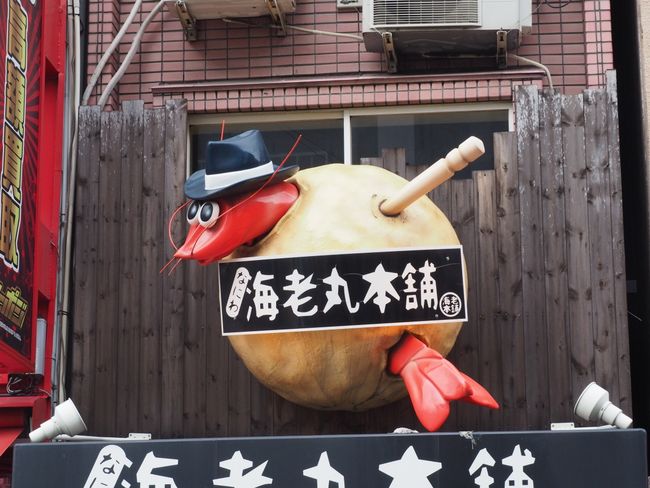
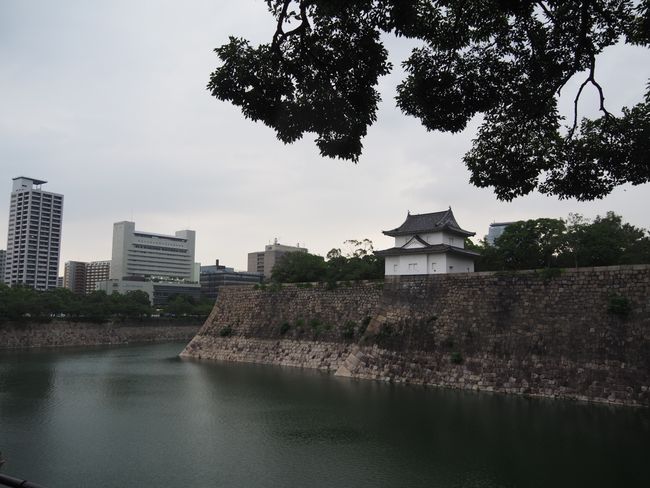
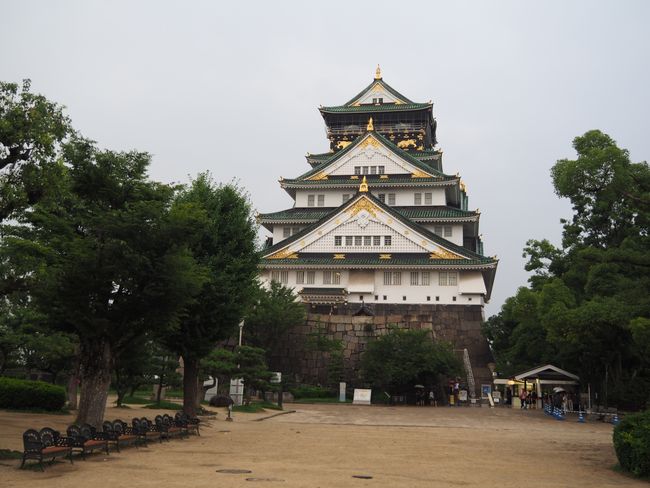
Lembetsani ku Newsletter
The metropolis Osaka has around three million inhabitants and is therefore the third largest city in Japan after Tokyo and Yokohama. Osaka ranks 14th on the list of the largest metropolitan areas in the world: Approximately 17.5 million people live in the Osaka, Kyoto, and Kobe metropolitan area. Osaka is one of the country's most important industrial centers. It is also known for its culinary delicacies - hence the nickname 'Kitchen of Japan'.
In total, we spent four days in vibrant Osaka. We participated in a free walking tour, visited temples and markets, and explored the manga district of the city. We also took a day trip to the former capital, Nara (separate entry to follow).
Arrival and Accommodation
Before our departure, the typhoon in Jeju caused a lot of hectic and confusion. Our flight went unexpectedly smoothly and luckily we never encountered any turbulence. At Osaka Airport, we obtained a city map and had the way to our neighborhood explained to us at the tourist office. Unfortunately, we were unable to purchase a ticket from the ticket machines on our own, as all instructions only appeared in Japanese. We were also confused by the different machines, which clearly did not belong to the same company. In the office of one railway company, we found out that there are actually two different providers. Incidentally, the competing lines run parallel to each other into the city. Equipped with a ticket, we boarded the train. We then transferred to the metro from the train and then to another train. The route took us all the way across the city and took about an hour. The transfer at the Osaka Metro Station to the Hankyu Kobe Line was particularly challenging. The metro station is connected to various train stations. It is a kilometer-long underground labyrinth with what feels like a hundred tunnels and exits. Fortunately, the signage is relatively good. We took the Hankyu railway line for one more station and finally reached our final destination, Juso. From here, it was only a few minutes' walk to our accommodation. We had received a detailed description, including a code for the entrance door and the key box, in advance.
Totally exhausted, we entered our apartment. We were immediately pleasantly surprised. The apartment was new and well-equipped. There was even a washing machine. Additionally, our new home was relatively spacious - a true luxury in Osaka. Most people live in very cramped spaces. Osaka offers many things, but housing is scarce. We could hardly believe our luck: For a price of just under twenty Swiss francs per night, we had found an apartment close to the city with a good standard of living!
Transportation
The municipal railways - both metro and private railways - offer the best, cheapest, fastest, and easiest way to get from A to B. The timetable does not need to be studied in the city center, as trains depart on average every two to five minutes. We obtained a rechargeable metro card, which simply needs to be held up at the checkpoints. At the beginning, a minimum amount is deducted each time. When checking out, the total amount is automatically calculated and deducted based on the distance traveled. The entire process takes less than a second. Unfortunately, the card was only valid for the metro and some bus lines. Separate tickets had to be purchased at the ticket machines for the private railways. In our opinion, this was handled more conveniently in Korea: One card for all means of transportation. Other than that, there is nothing to complain about regarding public transportation in Japan. The trains run according to the timetable and are very punctual. We liked that some operators deliberately gave their wagons an old look. For example, the interior of the Hankyu Line resembled a train from the 1970s. Very chic and always sparkling clean. It is also usually very quiet on the train - it is not appropriate, for example, to make phone calls or have loud discussions. Additionally, smaller luggage such as backpacks and bags is never placed on the floor.
Just like in Seoul, the last metro in Osaka runs shortly after midnight. This is truly astonishing for such a large city. If you miss the last metro, you can take a taxi home. Apparently, this is a very expensive pleasure. By the way, taxi drivers also use retro-looking vehicles. We also noticed that only older men sit behind the wheel. However, we do not know the reason for this.
People and Communication
We found the Japanese people to be extremely polite and interested. Even though people may seem reserved and distant at first glance, they are always helpful. Despite the language barrier - which is even greater in Japan than in Korea - they always try their best to assist tourists. Whether at ticket machines or in a supermarket, they truly appreciated this. Because it is not always easy to find your way around in Japan. The Japanese language has a complex writing system, which combines Chinese characters with the syllabaries Hiragana and Katakana. There are approximately 50,000 characters in the Japanese language. Our city guide also saw this as the explanation for why the Japanese do not speak English as well as other nations. He believes that children are already busy enough learning their own language. We find this to be a plausible theory, as the Latin alphabet also differs greatly from the characters, and the structure of the language is completely different.
In addition to their politeness - which, incidentally, is not as exaggerated as often portrayed in the West - the people of Japan are known for their punctuality, hard work, and honesty. Our city guide was particularly proud of the latter. If you lose an item in Japan (wallet, phone, laptop, keys, etc.), there is a very high chance that it will be found again. The loss is reported to the police, who then visit all the lost and found offices in the city in search of the item. With a wink, he said that this is only possible because the police do not have much else to do. Japan is a very safe country with a low crime rate.
Gambling
In many ways, the Japanese remind us of the Swiss. However, there is one clear difference: their love of gambling. In every neighborhood, or so it seems, there is a game parlor, called a Pachinko. No matter the time of day, people are always playing. We were amazed at how many people go to these game halls during the day. We took a look inside a game parlor - unfortunately, photos were not allowed. We could only stand it for about five minutes. The noise level caused by the slot machines, music, and announcements is simply deafening! Additionally, players are allowed to smoke as they please. Pachinko is actually a very simple game: The player buys a number of small metal balls, which are then loaded into the machine. The speed at which the balls are shot into the labyrinth of nails, channels, and flaps can be controlled by a lever. The balls make their way down. Most of them are duds, but sometimes the balls fall into special holes that trigger certain things. For example, the player may receive more balls.
Now here comes the really paradoxical part: In Japan, there is a general ban on gambling. The winnings can only be exchanged for prizes that do not exceed a value of one hundred Swiss francs. So the winner exchanges their balls for a prize - most often a piece of plastic. This plastic can then be sold outside the game parlor. This is how the prize is paid out and the law is bypassed. It is a so-called gray area and an open secret in Japan. By the way, approximately 165 billion Swiss francs in revenue are generated in this way each year!
Gamers
The addiction to games is not limited to traditional gambling. Japan is known for its gamers. We could not really imagine what this would look like in reality before visiting a game hall. On six floors, we discovered various arcade games: car racing, Pokémon, Guitar Hero, claw machines, etc. Some of the games could be played with VR glasses or in special capsules. We saw players whose hands were so fast that our brains could barely keep up. This requires years of practice. Watching certain games made us feel slightly dizzy. It is definitely not our world. At least these game halls were not as loud as the Pachinko parlors.
Sights and Specialties
Osaka was largely destroyed during World War II. Many cultural sites also fell victim to the bombs. The main tower of Osaka Castle was heavily damaged in the attack. It took several decades to rebuild the castle. We really liked the castle complex. We also visited the Shitennoji Temple. This Buddhist temple was originally built in the 6th century, making it one of Japan's oldest temple complexes. The Shitennoji Temple has been destroyed by fire several times over the centuries. However, it has always been rebuilt according to its original design. Near the temple is the Gokuraku-jodo Garden. It is a beautifully idyllic oasis in the middle of Osaka. It is a great place to relax from the hectic city life.
In sharp contrast to this is the Dotonbori district. Thousands of people stroll through the streets of this neighborhood during the day and at night. Huge figures are attached to the facades of the buildings, indicating which dish the respective restaurant serves: crab, pufferfish, octopus, etc. In the evening, hundreds of signs shine and blink. Advertisements flash on the huge screens - some of which are several stories high and as wide as the buildings they are attached to. Simply crazy. If you don't want to walk through the main street, you can stroll along the canal in the side street. It is much quieter there.
In Dontonbori, you can try a delicacy on every corner. We definitely didn't want to miss out on that. In addition to the well-known ramen noodles and sushi, we also ate takoyaki. These are dough balls filled with octopus. The balls are garnished with sauce. We found the dish to be very heavy, and there was definitely too much sauce for our taste. We also tried sakuramochi and daifuku - two desserts. Sakuramochi is a rice ball filled with bean paste, wrapped in a pickled cherry blossom leaf. The leaf is salty, and the filling is sweet - a good, but special combination. Daifuku is a rice cake filled with bean paste or vanilla sauce. The variant with bean paste was tasty, but also very heavy. We found many of these delicacies at the Kuromon Ichiba Market near Dontonbori. The covered market is large and also offers numerous fish specialties, such as pufferfish or tuna.
Not a specialty, but extremely convenient: The water from the tap can be drunk. A real luxury.
Manga District
The Denden district is especially popular among anime and manga fans. Here, you can find everything your heart desires: comic books, games, slot machines, etc. Everything revolves around the manga characters and their 'world of life'. Since we are not familiar with this scene, it was difficult for us to navigate this world. We were most interested in the shop with retro games, such as Super Nintendo, Nintendo 64, Gameboy, etc. Here, we felt like we were transported back to our childhood. We are curious to see if the manga district of Osaka differs significantly from that of Tokyo. We will find out the answer to that in a few days.
Curiosities
One eccentric thing in Japan is definitely the toilets. Some public restroom facilities even have instructions (for foreigners) on how to use the high-tech devices. With all the buttons, which, of course, are labeled only with Japanese characters, this is quite helpful. What can the thing do? You can have your bottom washed. There is also a special bidet for women. Some toilets even have a dryer that dries your bottom after the shower. A button can be pressed to play flushing sounds to cover up other noises. Additionally, the toilet seat has a seat heater. Even though these toilets may seem strange to us Europeans, they are practical and ecological.
In summary: Japan is a country full of warm-hearted people who have a tendency to play and enjoy peculiar things. After the bustling city, we will continue our journey to the cultural hub of Kyoto.
Lembetsani ku Newsletter
Yankhani
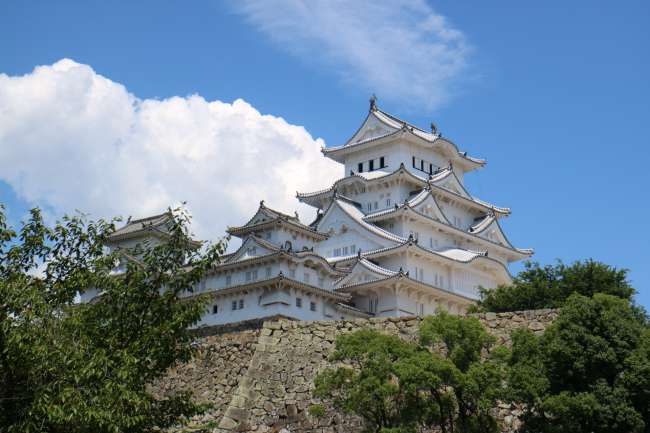
Malipoti amaulendo Japan
